Waterproof vs Insulated Hunting Boots: Which Should You Choose?
From late-season hunts to early fall scouting, choosing the right boots is key. Compare waterproof, insulated, and hiking boots to stay ready for any hunting season challenge.
Let me tell you a quick story. A few years back, I set off for a late-season elk hunt high up in the Rockies. The forecast said “light snow.” What I got was a full-blown blizzard. My boots? Great brand, wrong choice — they were lightweight but not insulated. By noon, I couldn’t feel my toes, and by sunset, my whole hunt was compromised. Lesson learned: never underestimate your footwear.
Nothing Spoils a Hunt Like Cold or Wet Feet
Whether you're a seasoned backcountry hunter or gearing up for your first deer season, one question keeps coming up:
Waterproof vs insulated hunting boots – which should you choose?
It's not just about comfort — it’s about safety, endurance, and making your trip a success. In this guide, I’ll help you figure out what’s best for your needs, terrain, and personal hunting style. Not all outdoor footwear is made for hunting — many hiking shoes lack the insulation, waterproofing, and durability that serious hunters demand. And if you’re looking for a brand that ticks all the boxes for serious outdoorsmen, I’ll show you why Hillman’s hunting footwear got my full respect — especially their Aerogel™ 3-Season Insulated Boots and the DryHunt™ 4-Season Waterproof Boots.
Let’s lace up and dive in.
Understanding Waterproof and Insulated Boots
When it comes to buying hunting boots, one size doesn't fit all. Different terrains, seasons, and hunting styles call for different types of protection — and that starts with understanding the difference between insulated and waterproof boots.
What Are Insulated Boots?
Insulated boots are designed to keep your feet warm in cold weather hunting conditions. They’re built with layers of materials that trap heat — like Thinsulate™, Primaloft™, or in the case of Hillman, Aerogel™ insulation, which NASA uses for extreme environments. Yeah, you read that right — space-level warmth. Proper insulation is the key to keeping feet warm during long, stationary hunts.
These hunting boots are essential for late-season hunts, deep snow, or extreme cold, where the priority is to keep your feet warm no matter what. But there’s a catch: if you're walking long distances or the weather warms up, your feet might sweat, leading to discomfort — or even cold feet once the moisture cools down.
What Are Waterproof Boots?
Waterproof boots, on the other hand, are all about keeping your feet dry in wet conditions — think rain, melting snow, marshes, and soggy terrain. They’re usually built with waterproof membranes like Dryhunt™, Gore-Tex®, or rubber outer shells. Some are fully sealed, others are water-resistant.
If you’ve ever had to hunt with wet socks, you know it can ruin your entire trip. Waterproof boots, like Hillman’s DryHunt™ 4-Season, are ideal for slippery terrain, wet climates, or hunting season openers with unpredictable weather.
Can a Boot Be Both?
Absolutely — but not all do it well. The trick is to find a balance between insulation and waterproofing without making the boot feel like a heavy cinder block on your feet. That’s where quality brands like Hillman stand out.
Choosing Hunting Boots by Hunting Season and Different Terrains
One of the most common mistakes I see among rookie hunters? Picking a boot based solely on brand or looks — and forgetting to think about the terrain they’ll be hunting in. Trust me, the flattest cornfield and the steepest mountain trail don’t treat your feet the same way.
Flat Terrain vs Rough Terrain
If you're walking over flat terrain, like fields or forest paths, your main concerns are comfort, moderate insulation, and water resistance. In these cases, something like the DryHunt™ 4-Season Waterproof Boots will serve you well. They’re lightweight, flexible, and won’t wear you down over long distances.
Now, if you’re tackling rough terrain or planning a mountain hunting trip, it’s a whole different story. You need rugged mountain boots that offer ankle support, and ample protection, and can handle slippery terrain, deep snow, and extreme conditions. That’s where Hillman’s Aerogel™ Insulated Boots shine — built for cold-weather hunting in the most challenging terrain.
Backcountry Hunting vs Day Hunts
For backcountry hunting, every ounce matters. You’ll need lightweight boots that won’t drag you down. But you also need durability — boots that can take a beating. Hillman has struck that rare balance with maximum warmth without sacrificing mobility.
If you're going for shorter day hunts on milder ground, a simpler pair of hiking boots might do. But keep in mind: most hiking boots aren’t built with hunting in mind. They lack the specific insulation, stealth, and grip you need.
Know Your Hunting Style
Before you buy hunting boots, ask yourself:
-
Will I be hiking uphill a lot?
-
Do I need ankle-high hiking boots or full coverage?
-
Will I sit still in a blind, or trek miles in snow?
Your answers matter. Choosing the wrong pair of boots won’t just lead to uncomfortable boots — it could cost you the success of your entire hunt. Traditionalists may still prefer leather boots for their rugged durability and classic look, though modern materials often outperform them in harsh conditions.
Cold Weather Hunting Boots for Late-Season Hunts
Let’s get one thing straight — cold weather hunting is no joke. When the late season hunts roll in and the temperature starts flirting with zero (or worse), your gear becomes more than just hunting equipment. It’s survival.
The Reality of Cold Feet
I’ve been out in the field when the mercury dipped well below freezing. Your hands can be warm, your core layered, but if your feet get cold, game over. You lose focus. You move less. And that trophy buck you’ve been scouting all season? He’ll never know how close he was to being yours.
That’s why cold-weather hunting boots are critical. They’re designed with insulation technology that traps heat, protects blood flow, and ensures you stay sharp — and standing — for hours.
Why Insulation Matters
Not all insulated boots are created equal. Some are bulky and heavy. Others trap moisture, making your feet sweat, then freeze. The goal is to find a boot with proper insulation — just enough to keep your feet warm, but not so much that it backfires.
That’s where the Hillman Aerogel™ 3-Season Insulated Boots come in. These boots feature NASA-grade insulation that provides maximum warmth with minimal weight. Whether you’re still hunting through snowdrifts or glassing from a frosty ridge, these are built to handle it.
Bonus Tip: Don't Forget the Socks
Even the best cold-weather hunting boots won’t help if you’re wearing cotton socks. Invest in quality hunting socks — preferably merino wool — to wick moisture and trap heat. Boots and socks work as a team. Don’t let one fail the other.
If you hunt in deep snow, snowy conditions, or face extreme conditions, don’t cut corners. Insulated boots might seem like overkill — until they’re not. When everyone else is calling it quits because of the cold, you’ll still be out there — comfortable, focused, and ready to tag your prize.
Mountain Hunting Footwear vs Flat Terrain Needs
Hunting the mountains isn’t for the faint of heart — or the poorly equipped. The rules change the minute you leave the flatlands behind and head into the wild, rugged high country. Your boots? They better be ready for battle. Many ankle-high boots provide flexibility, but they may lack the full protection you need for rough terrain or unexpected water crossings.
Why Mountain Hunting Demands More
In the mountains, you’re dealing with slippery terrain, steep climbs, rocky paths, and unpredictable weather conditions. A slip or misstep can mean more than just a bruise — it could cost you your gear, your shot, or worse.
That’s why serious mountain hunters reach for the stiffest boots, built for stability and protection. You need rugged mountain boots that can handle challenging terrain without compromising your footing.
Meet Your Match: Hillman Aerogel™ Insulated Boots
The Aerogel™ 3-Season Insulated Hunting Boots are a game-changer here. Designed for rough terrain, they offer:
-
Ankle support for dangerous inclines
-
Sturdy soles with an aggressive grip
-
Moderate insulation that keeps you warm without overheating during climbs
-
A lightweight build, so you're not dragging dead weight up the slope
These boots are engineered for the toughest hunts — think backcountry elk, late-season mule deer, or chasing sheep at 8,000 feet.
Flatland Hunts and Hiking Boots: Where Flexibility Wins
Meanwhile, for flat terrain, you want flexible boots. Less stiffness, more comfort. You’ll benefit from lighter, more agile models like the DryHunt™ 4-Season Waterproof Boots. These give you waterproof protection, breathable construction, and all-day comfort during long stalks across fields, meadows, or light woodland. While some prefer lighter hunting shoes for quick movements, they often don’t offer the ankle support or protection needed for more demanding terrain.
Don't Overdo It
Wearing mountain boots on flat terrain can backfire. They might be too stiff, causing fatigue. Conversely, using hiking boots in the mountains often means not enough ankle height, poor grip, and cold, wet feet.
Choose the right boots for your terrain — not just your outfit. Whether you're hiking the ridge line or crawling through cattails, the wrong pair of boots will make itself known... fast.
When to Choose Insulated Hunting Boots
So, when exactly do insulated boots become a necessity and not just a nice-to-have? It’s not just about temperature — it’s about how long you’re exposed, how much you’re moving, and how cold it gets under your feet.
Stationary Hunts in Cold Climates
If you’re the type of hunter who spends hours sitting in a blind, tree stand, or glassing ridge lines — insulated hunting boots are your best friend. When you’re not moving much, your body generates less heat, and your feet get cold fast. Here, insulation isn’t optional — it’s survival.
Late Season, Early Morning, Deep Snow
These are the classic scenarios where insulated boots dominate:
-
Late-season hunts in November or December
-
Pre-dawn outings with frosty ground
-
Post-snowfall tracking in deep snow
-
High-altitude or mountain hunting in bitter winds
In these situations, even rubber boots won’t help unless they’re lined. What you want is something with ample insulation and a weather-resistant shell — like the Hillman Aerogel™ boots. These aren’t just insulated; they’re smart about it. The Aerogel™ tech gives you maximum warmth without the bulk of traditional insulation.
Standing Still = Cold Toes
Even if the air temperature seems manageable, remember this: when your feet stay still, they get cold. That’s why bowhunters, still hunters, and long-range spot-and-stalkers swear by warmer boots with proper insulation.
Don’t Forget the Ground Factor
Snow and frozen mud act like ice packs underfoot. Without insulation beneath your soles, you’re standing in a freezer all day. Your boots should protect you underneath, not just around the foot.
Hillman’s Secret Weapon
The Aerogel™ 3-Season Boots offer something rare: high warmth, lightweight performance, and sturdy construction — ideal for long hunts in cold weather, without sacrificing mobility.
Why Waterproof Hunting Boots Matter
If you've ever hunted in a downpour, crossed a marsh, or stepped into a deceptively shallow creek, you know exactly how fast a good hunt can go bad. Few things ruin a trip quicker than wet feet. That’s where waterproof hunting boots come into play — and they’re not just a rainy-day luxury. They’re a must-have for serious hunters.
Wet Feet = Miserable Hunt
The moment water seeps into your boots, it’s game over. Your feet sweat, your socks soak, and before long you’re cold, distracted, and ready to call it quits. Wet feet lead to cold feet, and cold feet lead to short hunts — or worse, blisters and frostbite.
Where Waterproof Boots Make All the Difference
Let’s talk about hunting conditions where waterproofing is essential:
-
Rainy mornings in early season
-
Muddy trails and soggy ground after snowfall
-
Crossing streams or marshy zones
-
Wet grass during dawn stalks
-
Snowy conditions with meltwater
Hillman DryHunt™ 4-Season Boots: The Gold Standard
Not all waterproof boots are created equal. Some only offer a water-resistant coating that fails under pressure. Others trap sweat inside because they don’t breathe.
But the DryHunt™ 4-Season Lightweight Boots from Hillman are engineered differently:
-
Advanced waterproof membrane that keeps your feet dry in wet conditions
-
Breathable inner lining that reduces sweat buildup
-
Lightweight construction that doesn’t feel like cinder blocks on your feet
-
Perfect for warm-weather hunts where insulation is overkill
These boots are ideal for hunting terrain that’s wet but not freezing — think early autumn, marshland, or rainy mid-season trips.
Don’t Rely on Rubber
While rubber boots are waterproof by nature, they lack breathability and often cause feet sweat. Plus, they don’t provide the ankle support or traction needed for long treks or rugged hills.
Your Feet Deserve Better
Choosing the right waterproof boots isn’t about luxury — it’s about staying in the hunt longer, moving more comfortably, and avoiding the miserable feeling of cold, soggy socks. Trust me, your feet will thank you.
How Waterproof Boots Protect in Wet Conditions
Many brands advertise water-resistant boots, but these often fail when faced with real-world hunting conditions. You may think “waterproof is waterproof,” but not all boots are built the same. The difference between water-resistant and truly waterproof hunting boots can make or break your day in the field — especially in wet conditions where staying dry means staying out longer.
What Makes a Boot Waterproof?
To truly protect against the elements, hunting boots need more than just a spray-on coating. High-quality waterproof boots include:
-
Sealed seams to prevent water entry
-
Waterproof membranes (like Hillman’s proprietary Dryhunt™ tech)
-
Durable outer materials that repel moisture
-
Breathable linings to stop feet sweat from soaking you from the inside
Hillman’s Dryhunt™ Technology
The DryHunt™ 4-Season Boots use a multi-layer system:
-
A rugged, abrasion-resistant outer shell
-
A 100% waterproof inner membrane
-
Breathable inner construction that pulls moisture away from the skin
This keeps your feet dry, even during all-day treks through muddy trails, wet foliage, or after-hours tracking through melting snow.
Wet Doesn’t Mean Cold — Unless You Stay Wet
Even in warmer climates, wet feet are a problem. Once your boots are soaked, your skin softens, blisters form, and heat escapes more rapidly. If temps drop later in the day, that wetness becomes an express ticket to frozen toes — and an early exit from the hunt.
Ankle-High Isn’t Always Enough
Many ankle-high hiking boots or even ankle-height boots claim water resistance — but once you’re ankle-deep in marsh water or thick snow, that’s not good enough. A taller, sealed waterproof boot gives you ample protection and confidence in uncertain terrain.
Know Your Hunting Conditions
If your local hunting area includes creeks, bogs, thick dew, or snow-covered brush, a good pair of waterproof boots isn’t optional. It’s essential. And the DryHunt™ 4-Season? It’s built for exactly that.
Don’t Get Wet Feet: Slippery Terrain & Rainy Days
There’s something almost poetic about hunting in the rain — the stillness, the scent of wet earth, the softened sound of every step. But all that beauty turns ugly the moment your boots fail and you feel that first trickle of cold water creeping into your socks. That’s why staying dry on slippery terrain and during rainy days is a top priority.
The Hidden Dangers of Slippery Terrain
Hunting isn’t always on flat ground. Often, it involves trekking across:
-
Moss-covered rocks
-
Slick mud trails
-
Wet leaves or snow
-
Uneven hillsides after rainfall
Without proper waterproof boots and aggressive grip, one bad step can mean a twisted ankle — or worse, a ruined hunt.
What Makes the DryHunt™ Boots Reliable
Hillman’s DryHunt™ 4-Season Lightweight Boots are more than just dry — they’re designed for control. With:
-
A high-traction sole built for grip in slippery conditions
-
Lightweight structure to avoid clunky missteps
-
A flexible boot collar that supports movement without restricting it
You get confidence with every step — whether you're side-hilling on wet grass or crossing rocky creek beds.
The “Soaked Socks” Scenario
We’ve all been there. You step into one too-deep puddle, and suddenly your focus shifts from the hunt to your feet. Your gait changes, your attention splits, and your comfort level dives. You spend more time thinking about cold feet than tracking games.
Avoid that spiral. Choose boots that protect in all conditions, not just on sunny weekends.
Rainy Days Can Be Productive
Some of the best hunting I’ve done has been under grey skies and drizzle. Animals move differently. The woods are quieter. But it only works if you’re prepared — and that preparation starts with keeping your feet dry and firmly planted.
Cold Feet, Wet Socks, and Uncomfortable Boots
Let’s be honest — if your feet are miserable, the rest of you are too. Doesn’t matter how dialed in your rifle is or how perfect the wind direction is. If you're battling cold feet, wet socks, or just plain uncomfortable boots, the hunt turns into a countdown until you can get back to the truck. For extreme cold, some hunters even add boot blankets over their insulated footwear to trap in extra warmth during long sits.
The Triple Threat: Cold, Wet, and Tight
Here’s the deadly combo no hunter wants:
-
Feet sweat in poorly ventilated or overly insulated boots
-
Moisture builds up, soaking your socks
-
Cold air turns that moisture into a foot-chilling nightmare
This isn’t just uncomfortable — it’s dangerous when winter hunting. You risk frostbite, blisters, and fatigue.
Ill-Fitting Boots: The Hidden Enemy
Even the most high-tech boots won’t help if they don’t fit right. Boots that are too tight restrict circulation, which means colder feet. Boots that are too loose rub and cause blisters. You want a comfortable boot with a snug heel and room for your toes to wiggle — especially when wearing thick hunting socks.
When Comfort Meets Performance
That’s where Hillman boots excel. The Aerogel™ Insulated and DryHunt™ Waterproof models aren’t just designed for harsh conditions — they’re crafted with the hunter’s comfort in mind:
-
Ergonomic insoles for all-day wear
-
Lightweight build to reduce fatigue
-
Breathable design to prevent feet sweat
Because let’s face it: if you’re distracted by sore feet, you’re not noticing that trophy buck slipping through the brush.
Don't Let Your Boots Ruin the Day
You can power through a sore shoulder. You can ignore a runny nose. But painful, cold, or wet feet will wear you down like nothing else. And the worst part? It’s 100% preventable — if you invest in the right pair of boots. You don’t always need the most expensive boots, but investing in a well-designed, purpose-driven pair can make all the difference between a hunt you remember and one you regret.
Heavy Boots and the Sweat Problem
Here’s a truth most hunters learn the hard way: sometimes the very boots meant to keep you warm end up doing the opposite. How? By making your feet sweat — a lot. And once that moisture sets in, you’re in for a long, soggy, and cold day in the woods. On warmer hunts, uninsulated boots may be a smarter choice to reduce sweat and overheating.
More Insulation Isn’t Always Better
It’s tempting to go for the heaviest boots with the most insulation, especially when browsing options for cold weather hunting boots. But too much insulation can trap heat and moisture, creating a sweaty microclimate inside your boots.
That sweat doesn’t just feel gross — it cools down fast and pulls heat away from your skin. So even with “warm” boots, you wind up with cold, clammy feet.
Weight = Fatigue
Let’s not forget the other downside: heavy boots are exhausting. When you're hiking through rough terrain or navigating miles of backcountry, each extra ounce adds up. You tire out faster, move slower, and your hunt suffers.
The Hillman Advantage
Hillman designed their boots with this balance in mind:
-
Aerogel™ 3-Season Insulated Boots deliver maximum warmth without excessive bulk.
-
DryHunt™ 4-Season Boots offer full waterproofing in a lightweight boot that breathes.
Both boots reduce foot sweat while giving you the protection you need for different weather and hunting conditions.
Avoid the Sweat-Freeze Cycle
Here’s the cycle you want to avoid:
-
You walk → feet sweat
-
You stop → sweat cools
-
You freeze → hunt ends early
With the right boot brands, breathable materials, and proper hunting socks, you break that cycle — and keep your feet warm and dry, no matter what.
Buying Hunting Boots Based on Your Hunting Style
Every hunter has a different rhythm in the wild. Some like to move fast and cover ground. Others are patient ambushers. Believe it or not, your hunting style should directly influence the kind of boots you wear.
Are You Always on the Move?
If your hunts involve long treks, spot-and-stalk tactics, or hiking ridgelines, you’ll benefit from:
-
Lightweight boots like the DryHunt™ 4-Season Waterproof Boots
-
Breathability to reduce feet sweat
-
Flexibility and traction for slippery terrain
These are great for early season, wet conditions, or warm climates where insulation is overkill.
Do You Sit and Wait?
If your game plan is to wait it out in a blind, treestand, or frozen field for hours — you’ll want the best winter hunting jacket and:
-
Insulated hunting boots like the Aerogel™ 3-Season
-
High warmth-to-weight ratio
-
Plenty of padding and sturdy boots to handle cold ground and deep snow
This boot is ideal for cold weather, late-season hunts, and extreme conditions.
Match Your Boots to Your Conditions — and Personality
Your personal style as a hunter matters. So does the terrain, the weather conditions, and how long you plan to be out there. That’s why smart hunters don’t just buy “a pair of boots” — they choose hunting boots tailored to their real-life needs.
Unlike most hunting boots, Hillman’s models strike a rare balance between weight, warmth, and all-terrain performance, making them an exceptional choice for both seasoned mountain hunters and weekend warriors.
Waterproof vs Insulated Hunting Boots: Which Should You Choose in the End?
Let’s wrap it up, partner.
If you’re hunting in wet conditions, milder temps, or covering long distances — go with the DryHunt™ 4-Season Waterproof Boots. They’re breathable, lightweight, and give you the edge in unpredictable weather.
But if you’re facing cold weather, snow, or long sits in harsh conditions — the Aerogel™ 3-Season Insulated Boots are your best friend. They’re warm, tough, and built for the toughest hunts. A quality pair of boots will serve you for seasons to come — through mud, snow, and all the challenges the backcountry throws your way.
Final Tip:
“Don’t buy boots based on hype. Buy them based on your hunt. And when in doubt, Hillman’s got you covered — from wet marsh to snowy ridge.”


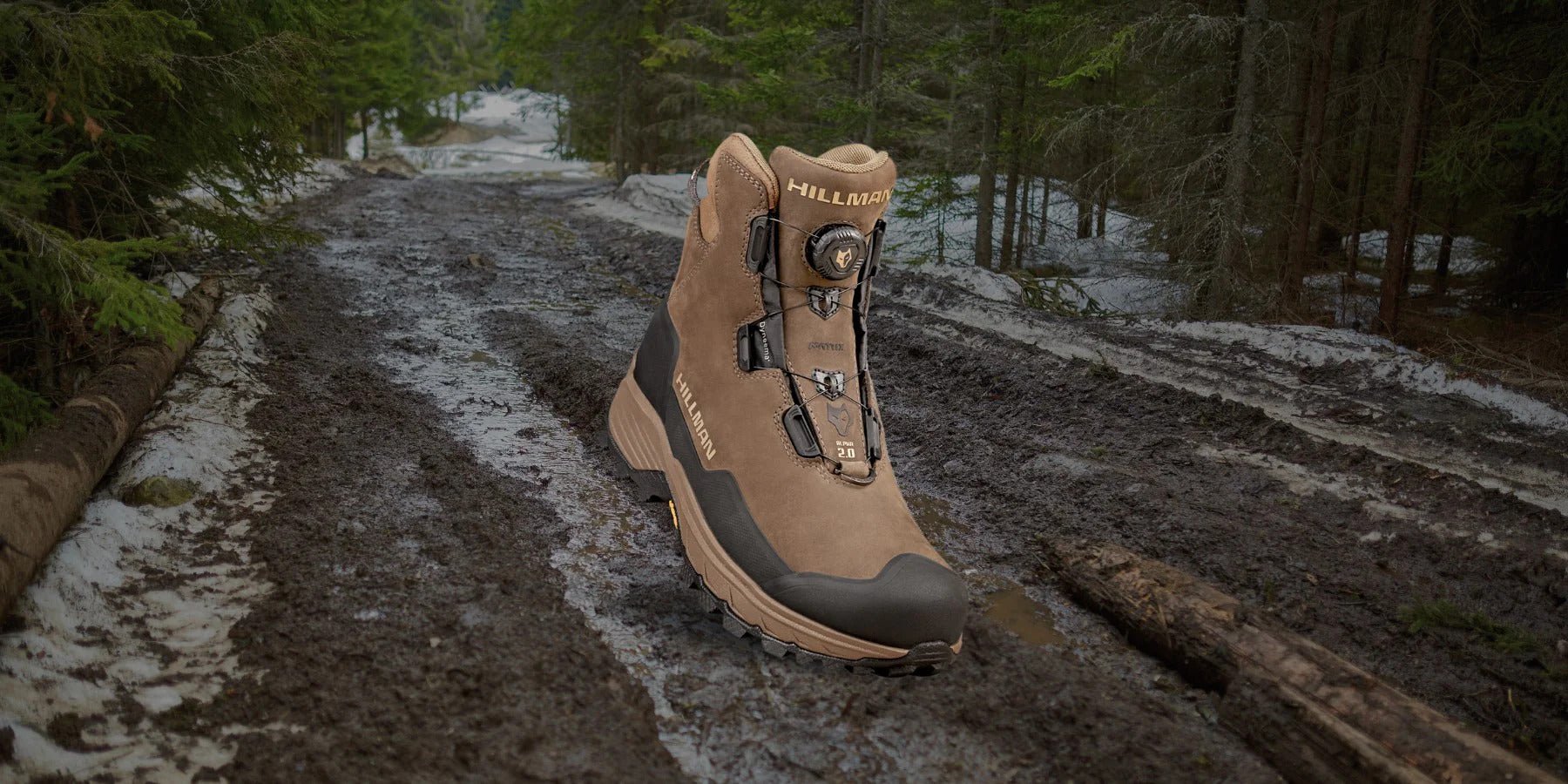











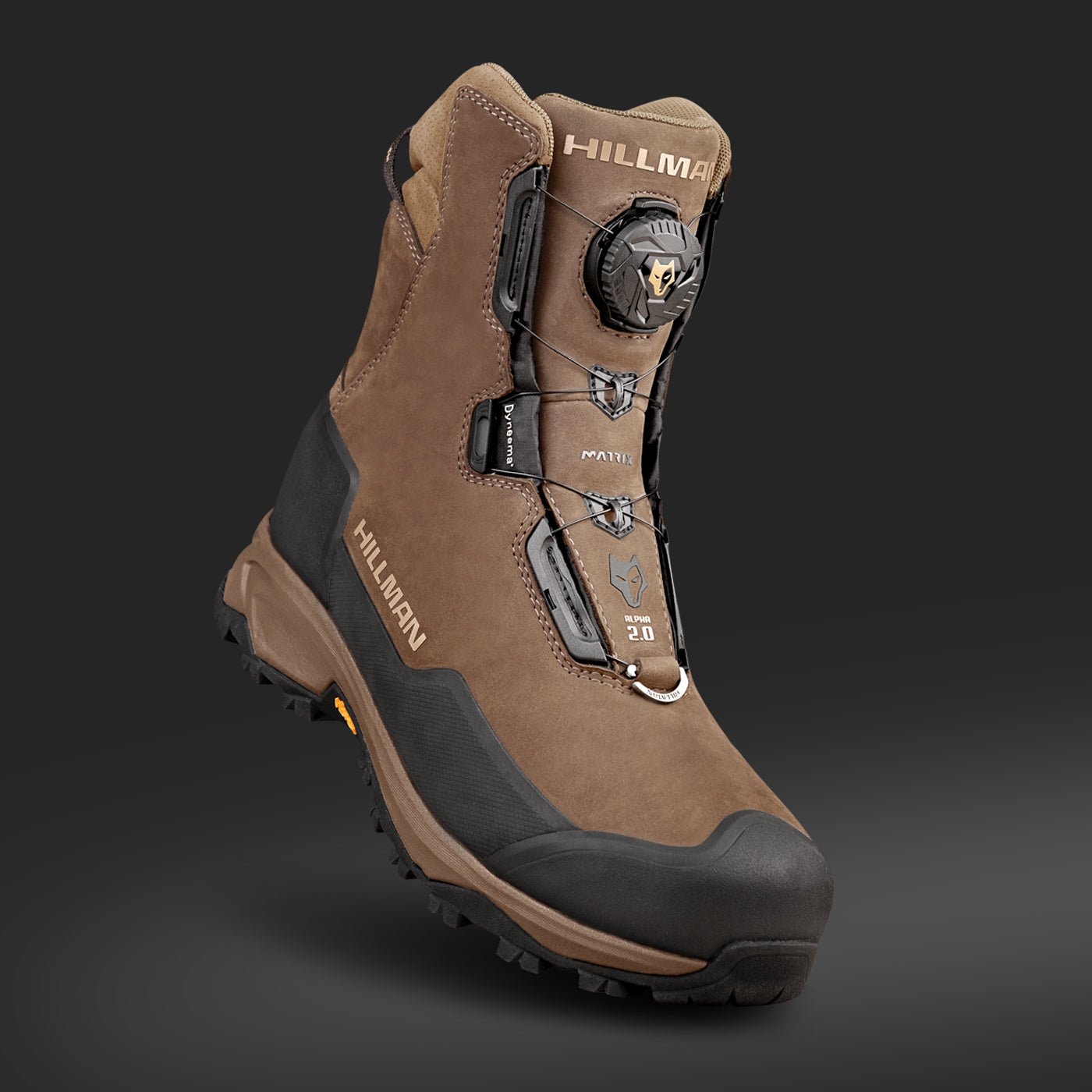
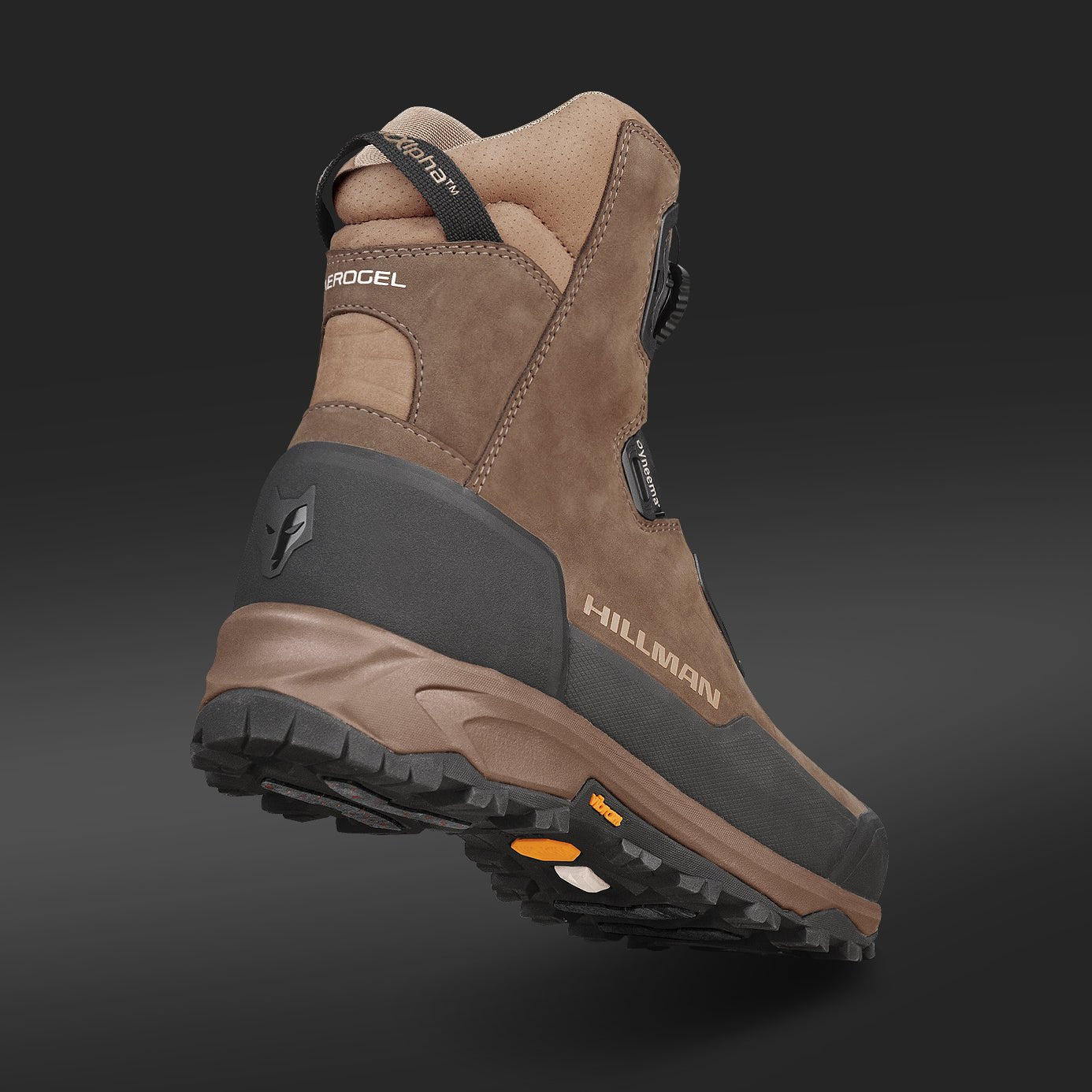

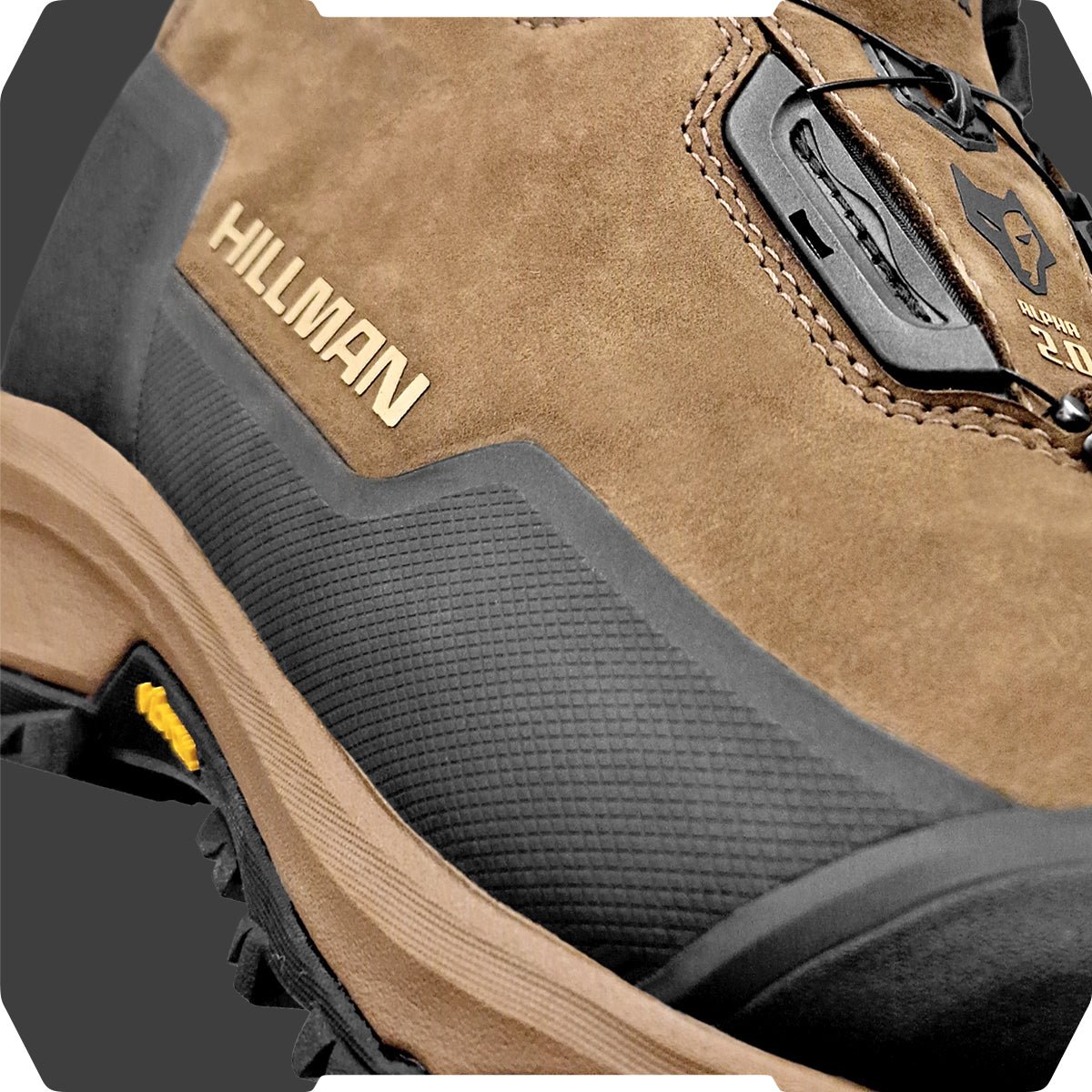
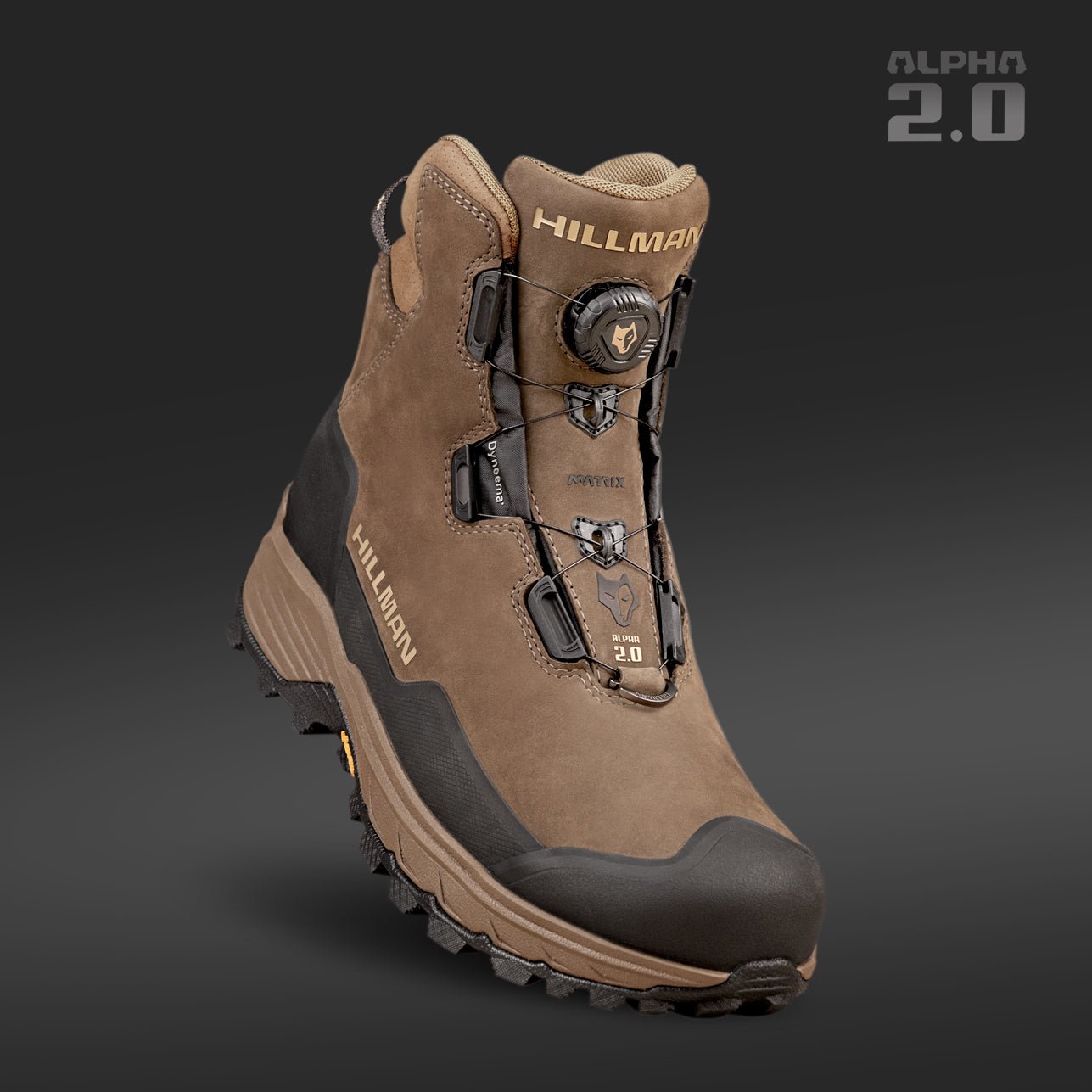



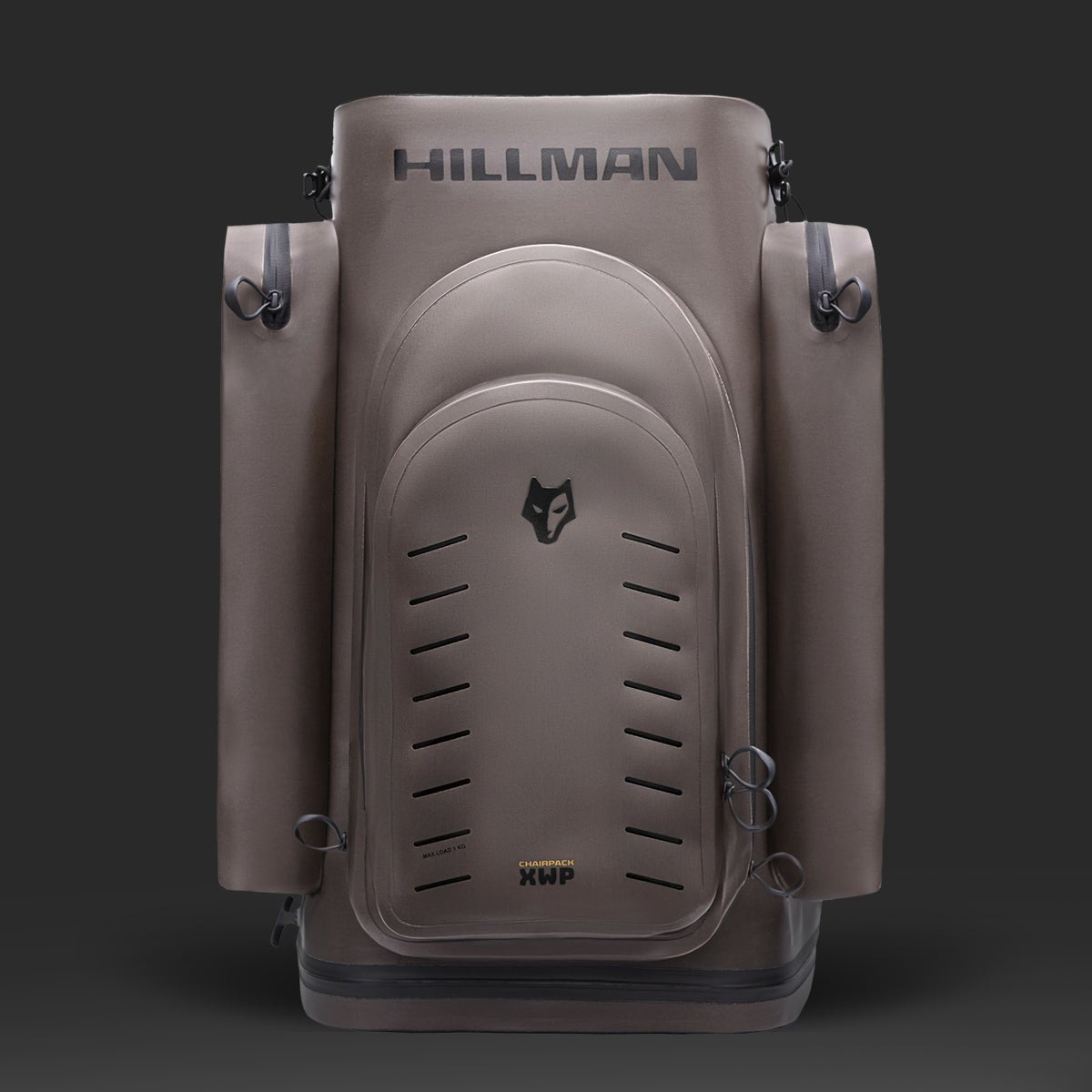


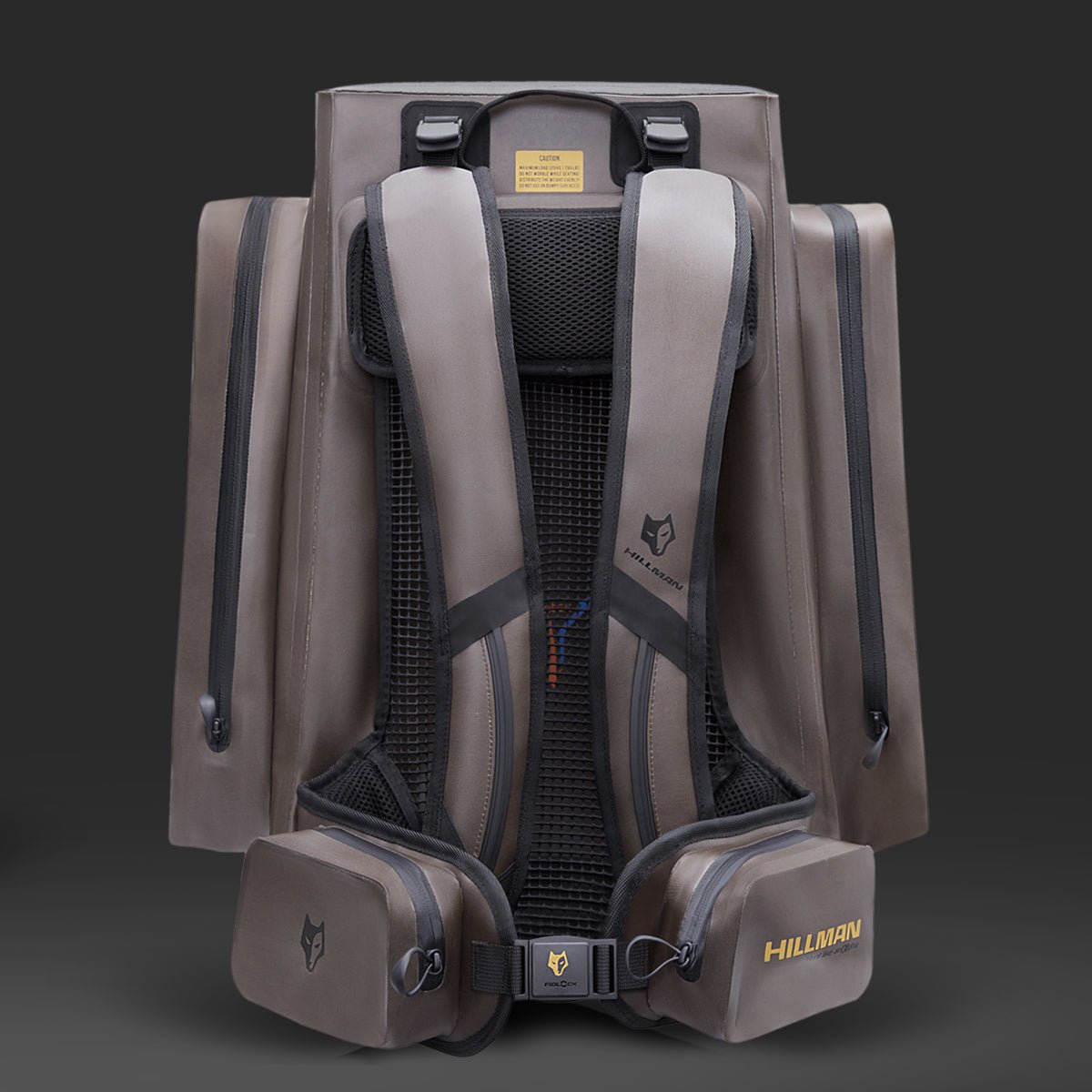
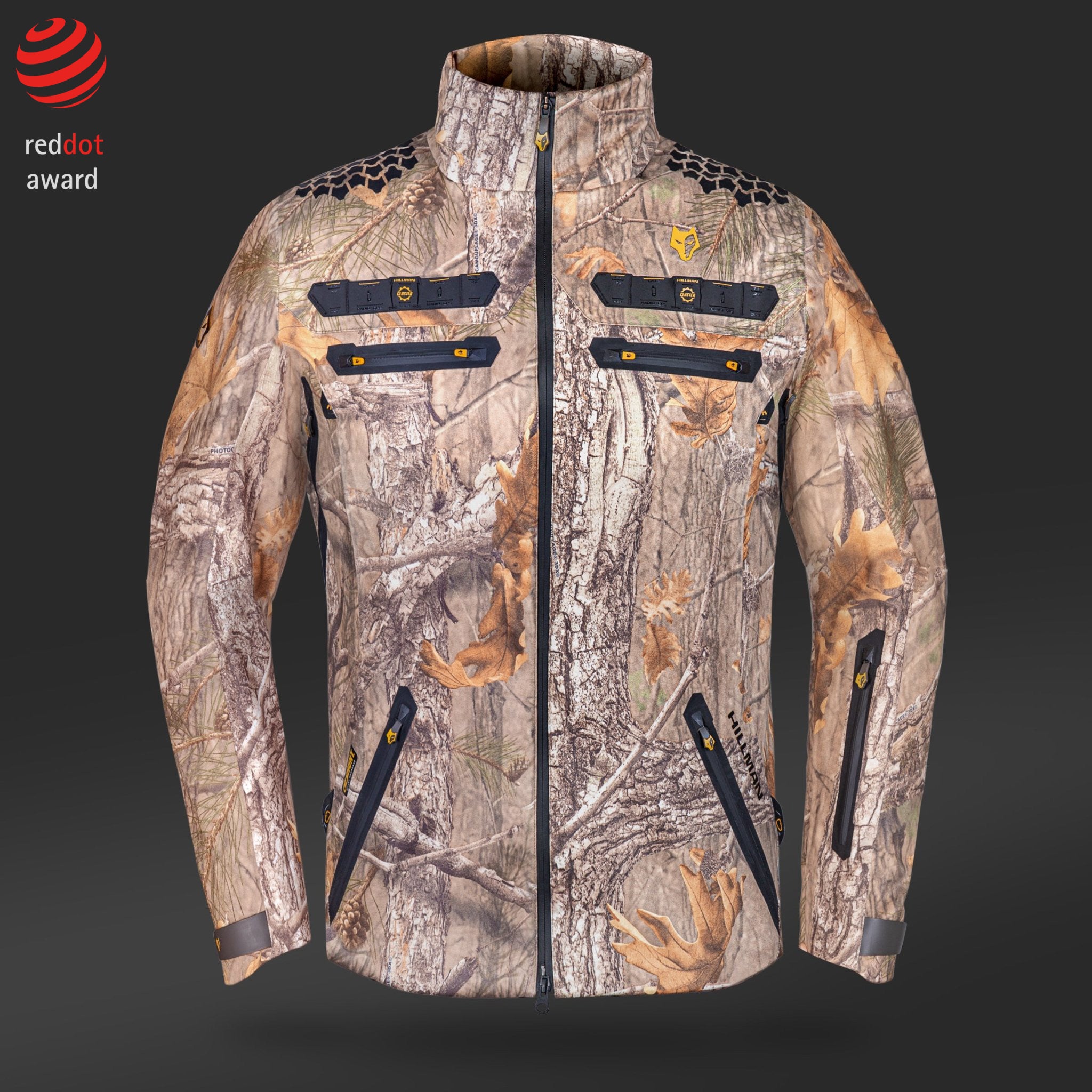
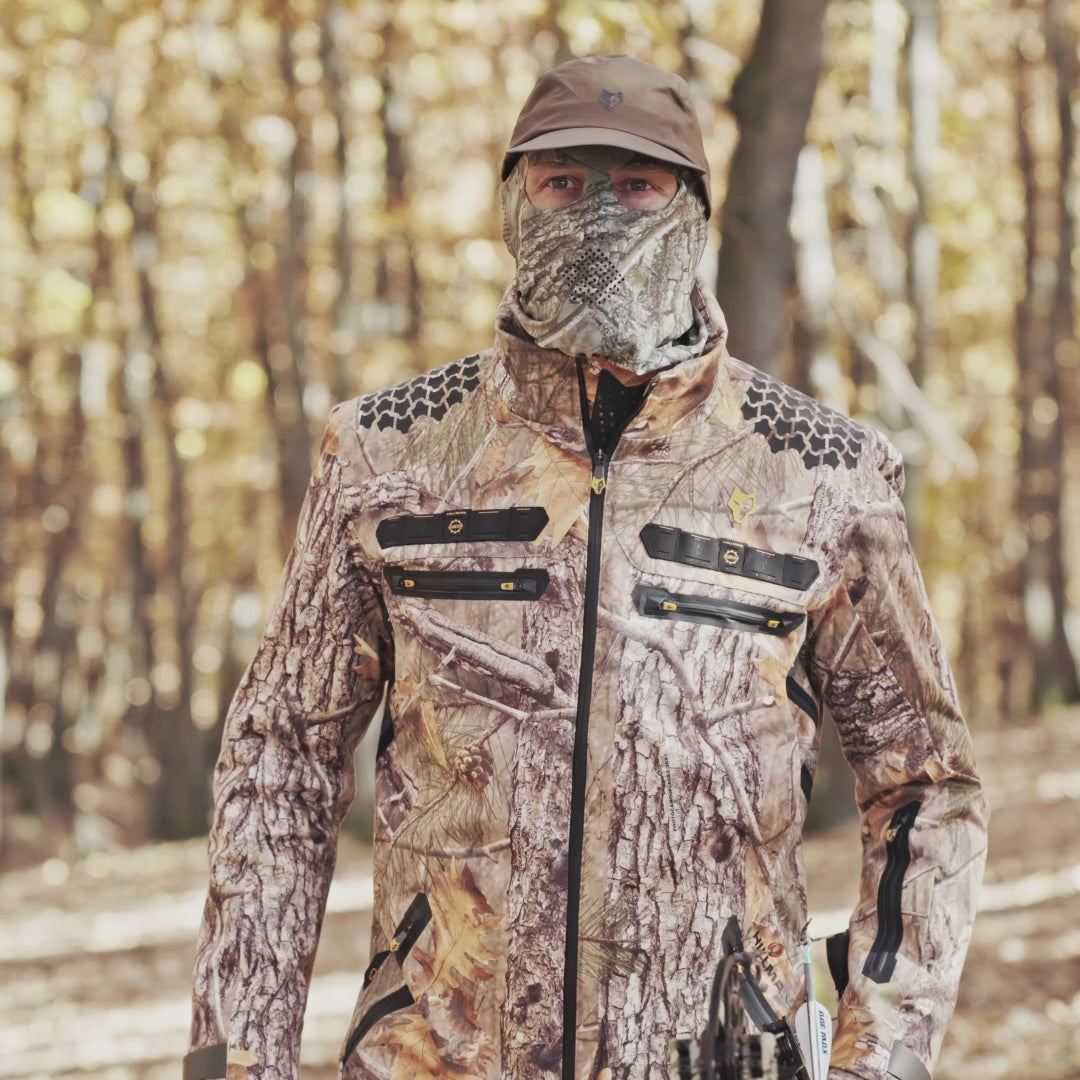
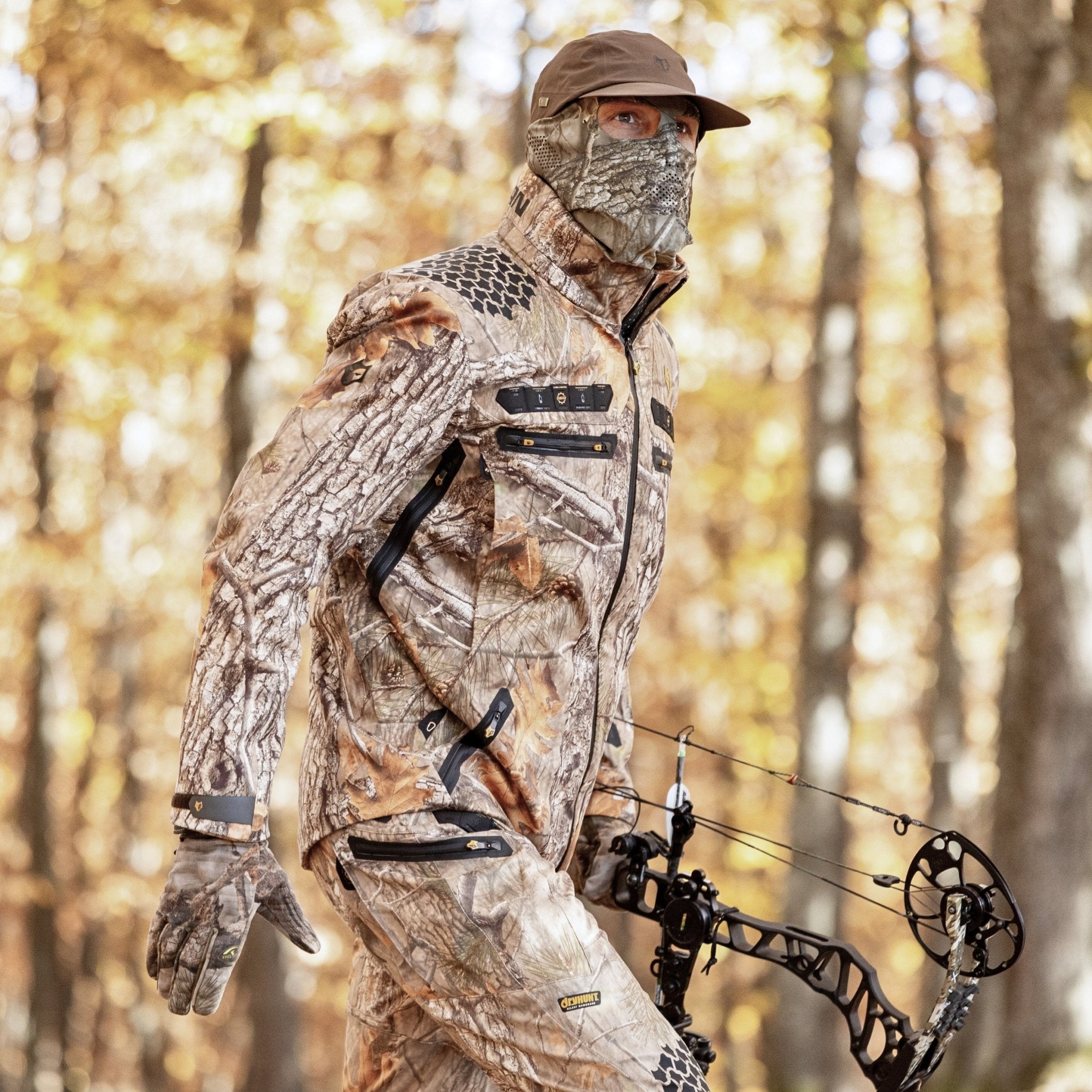


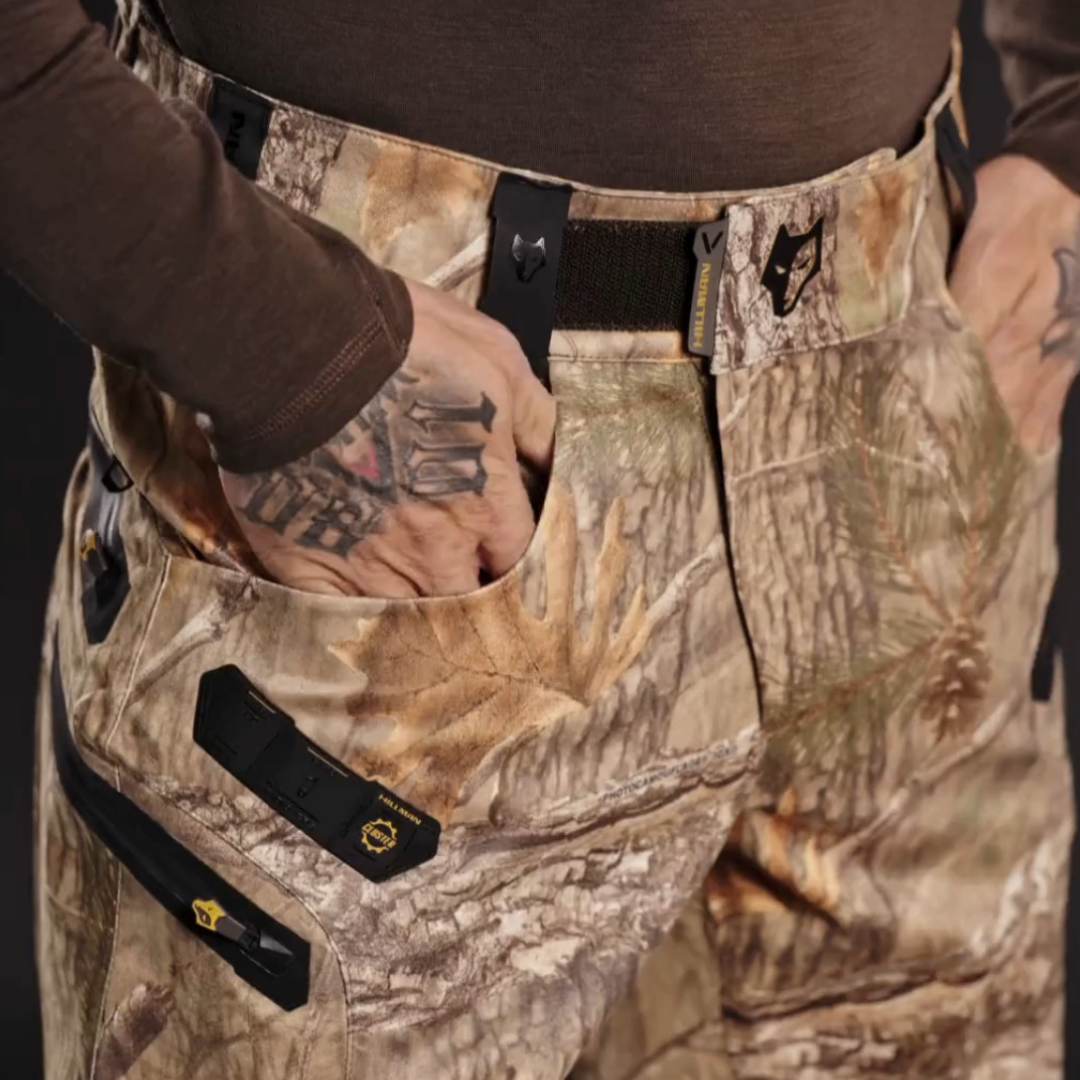
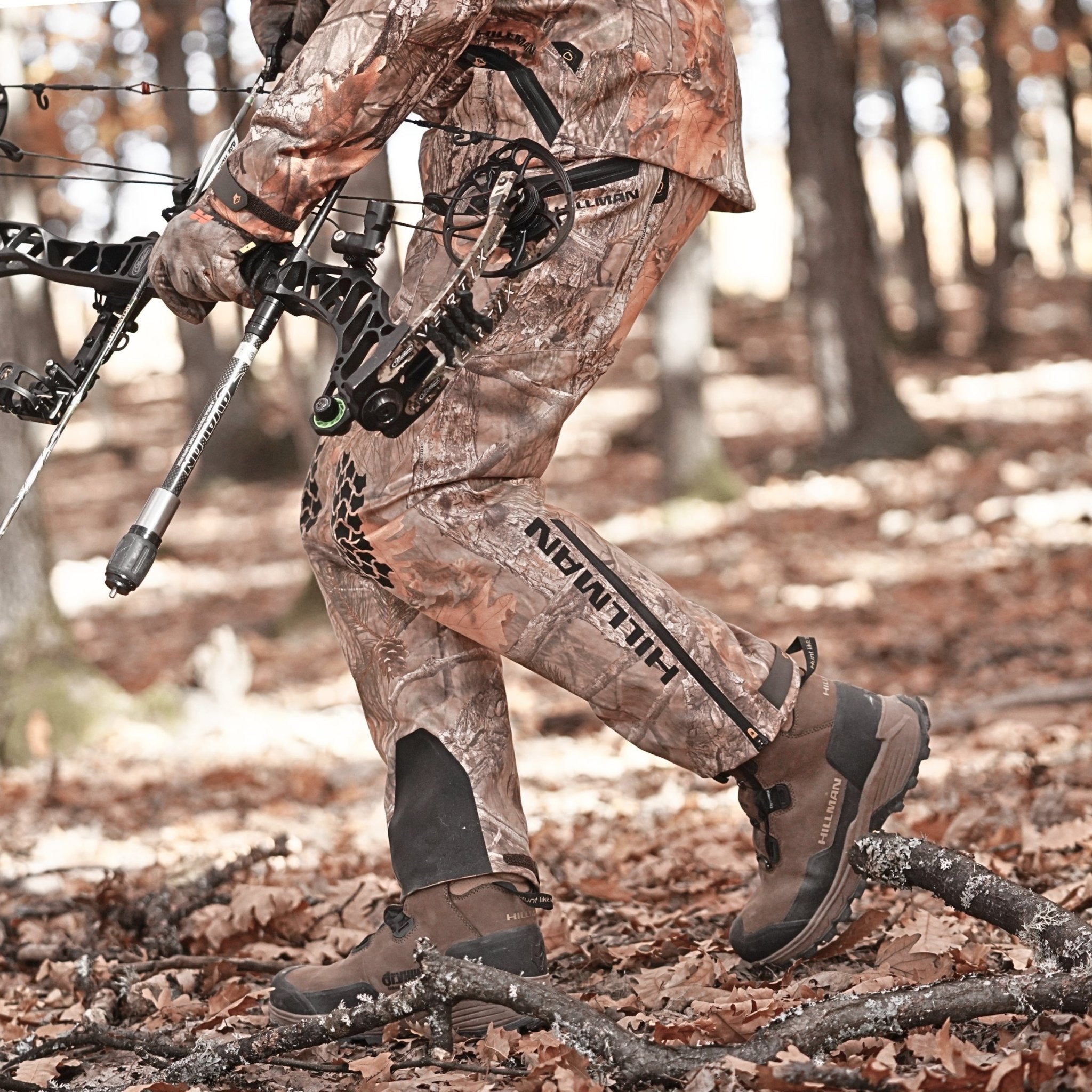
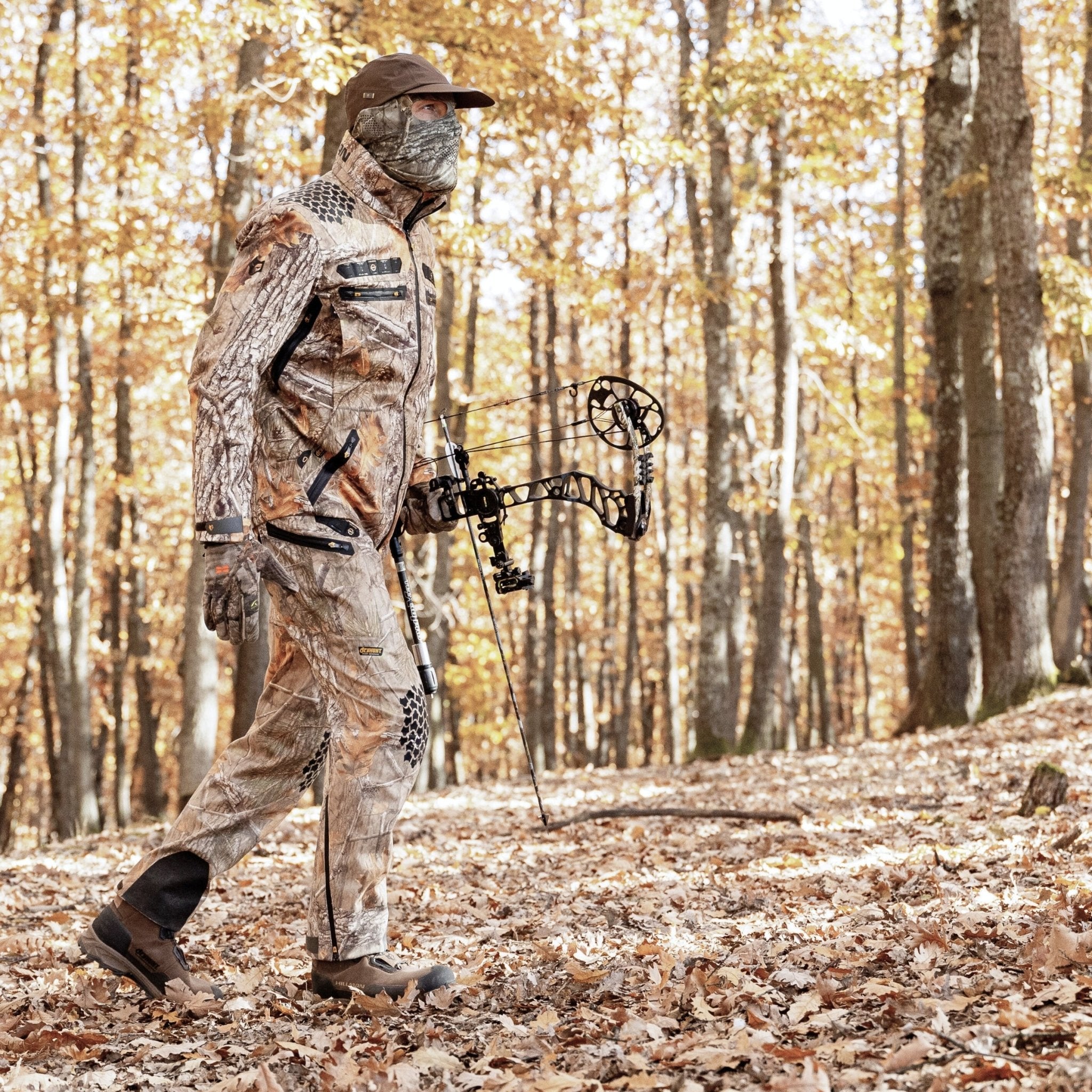
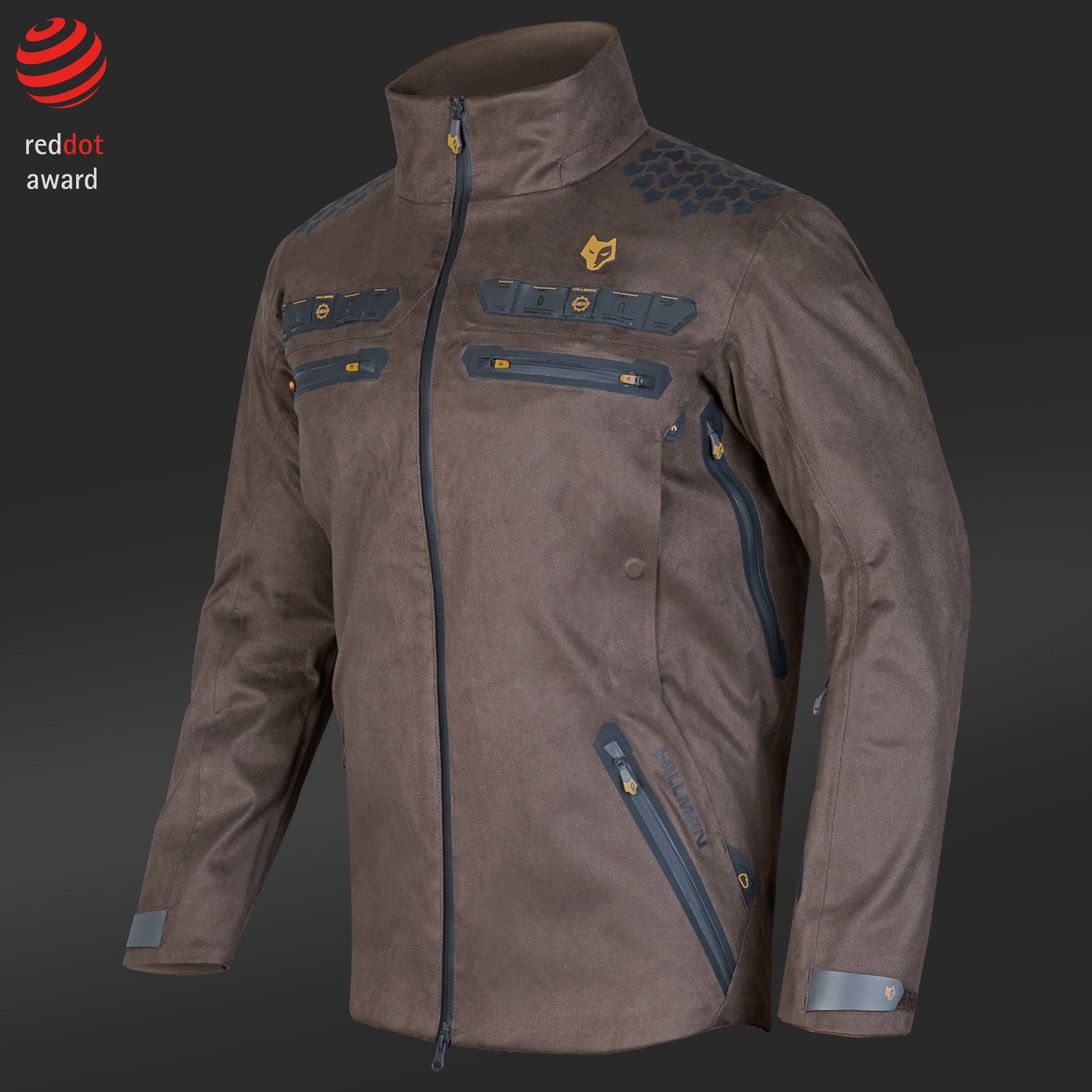

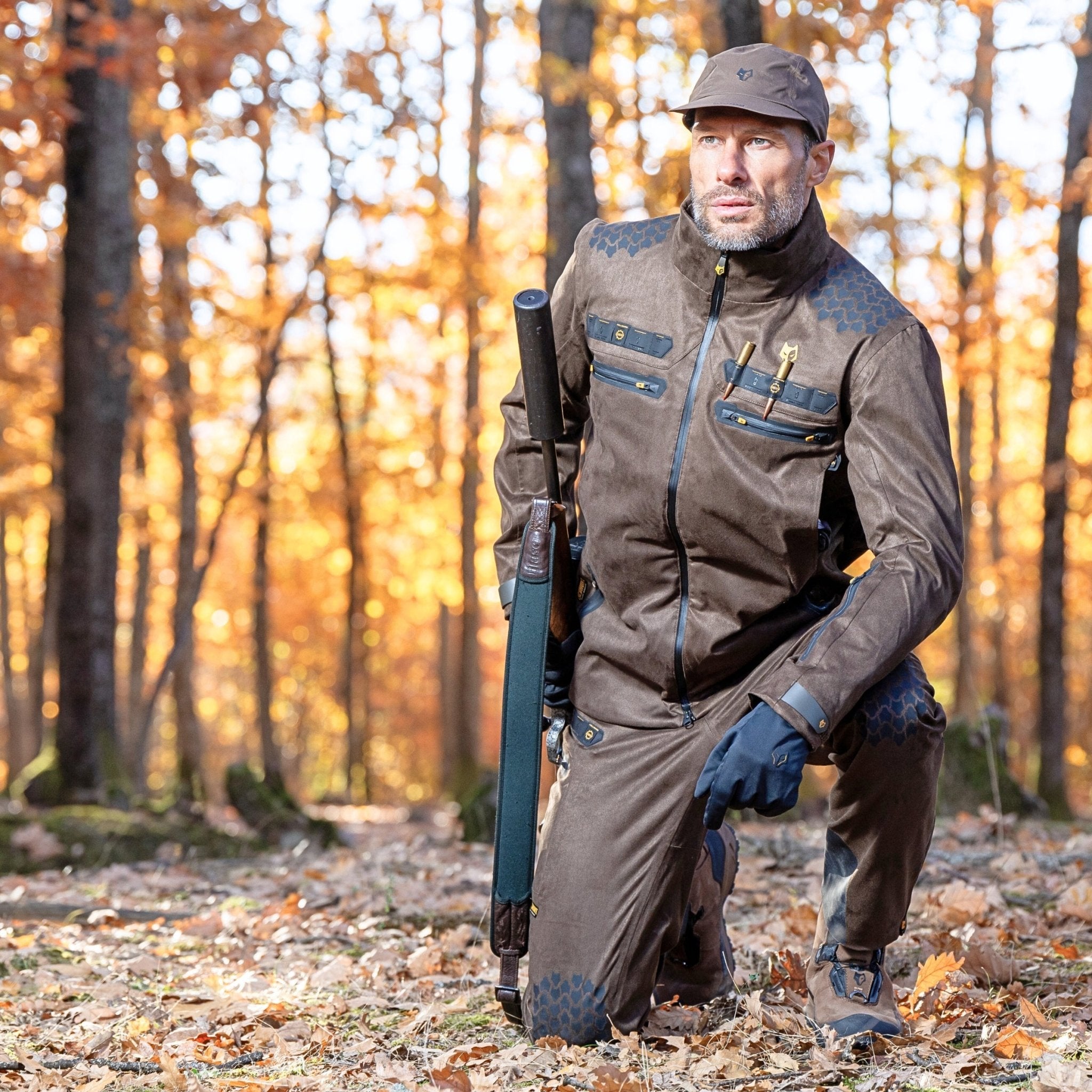
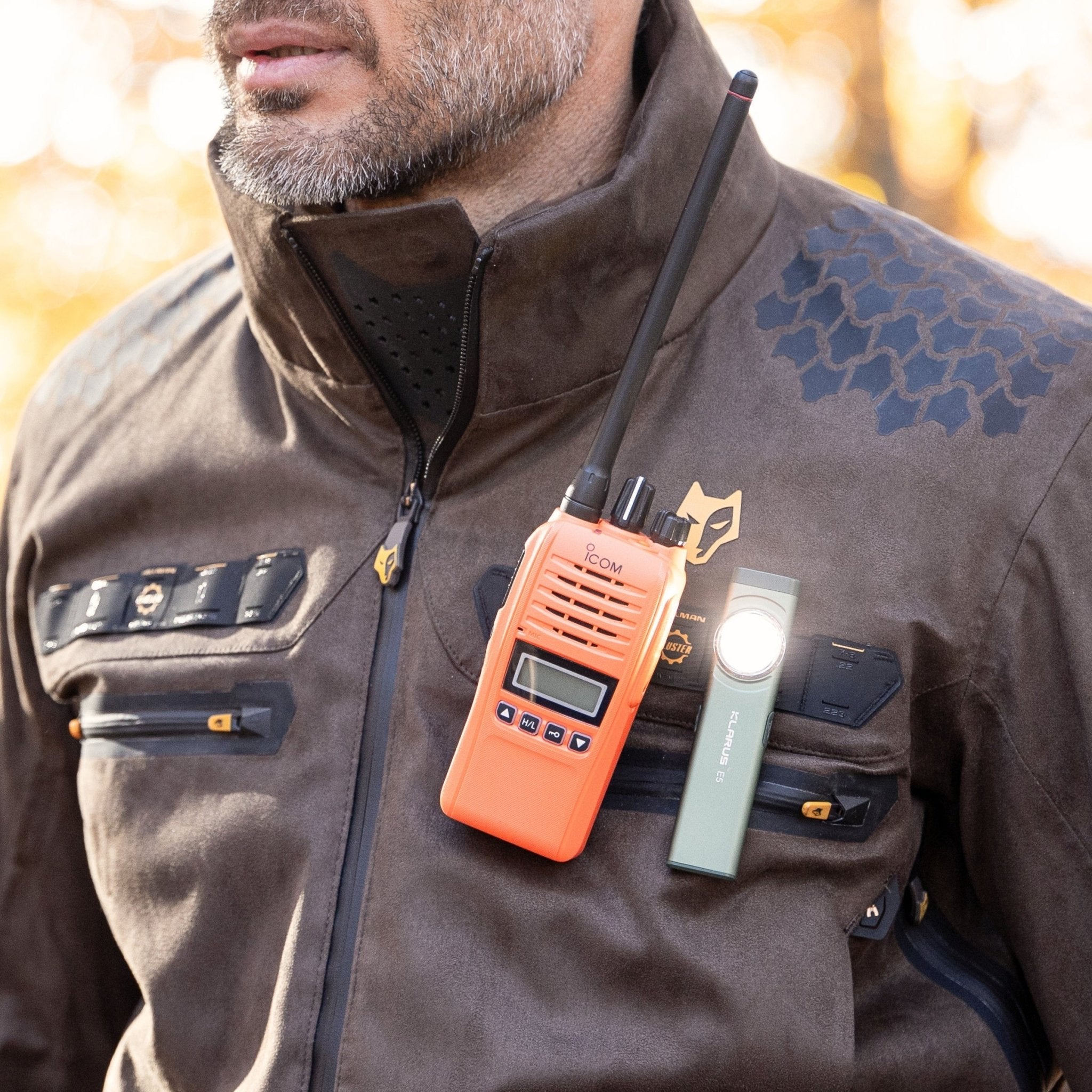

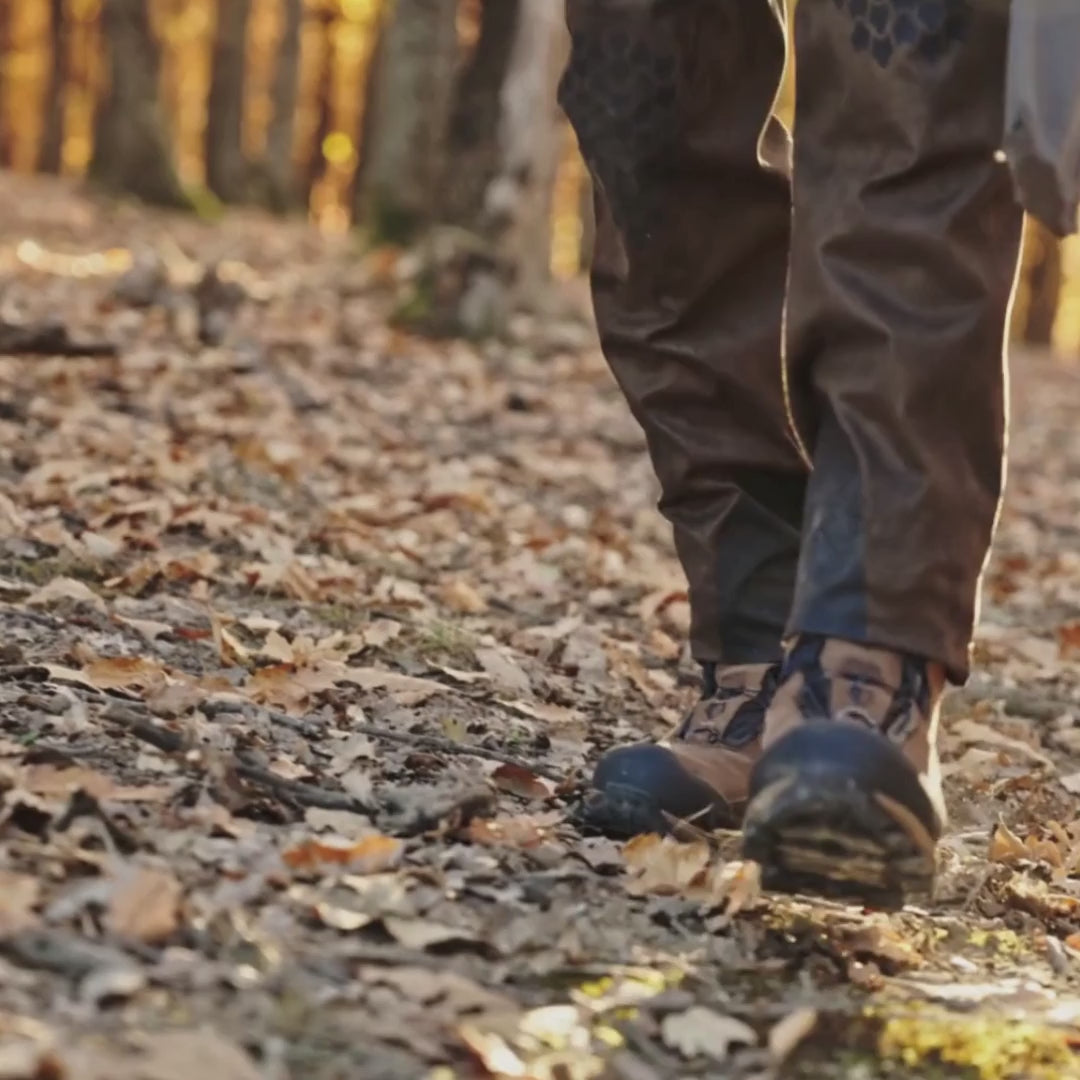

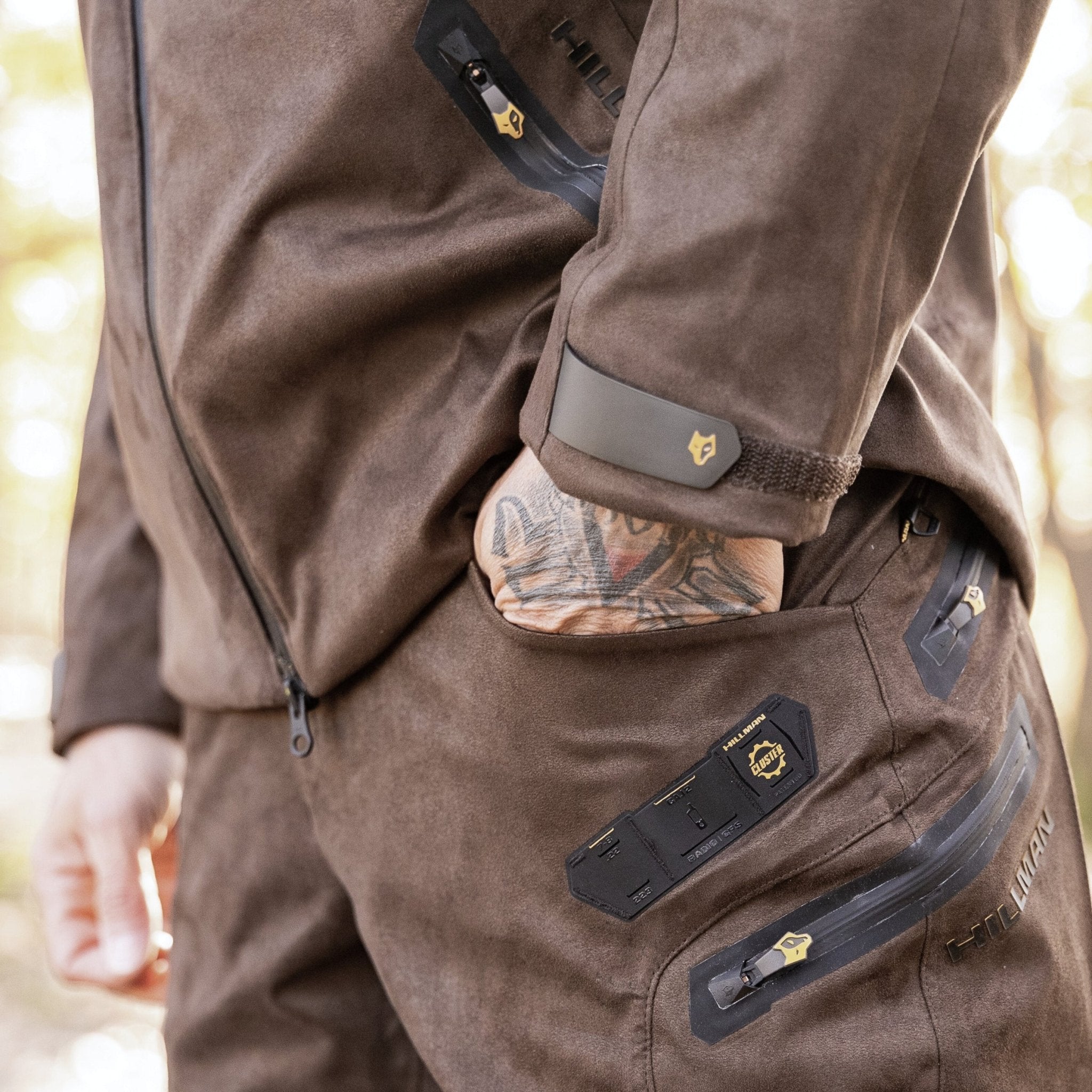
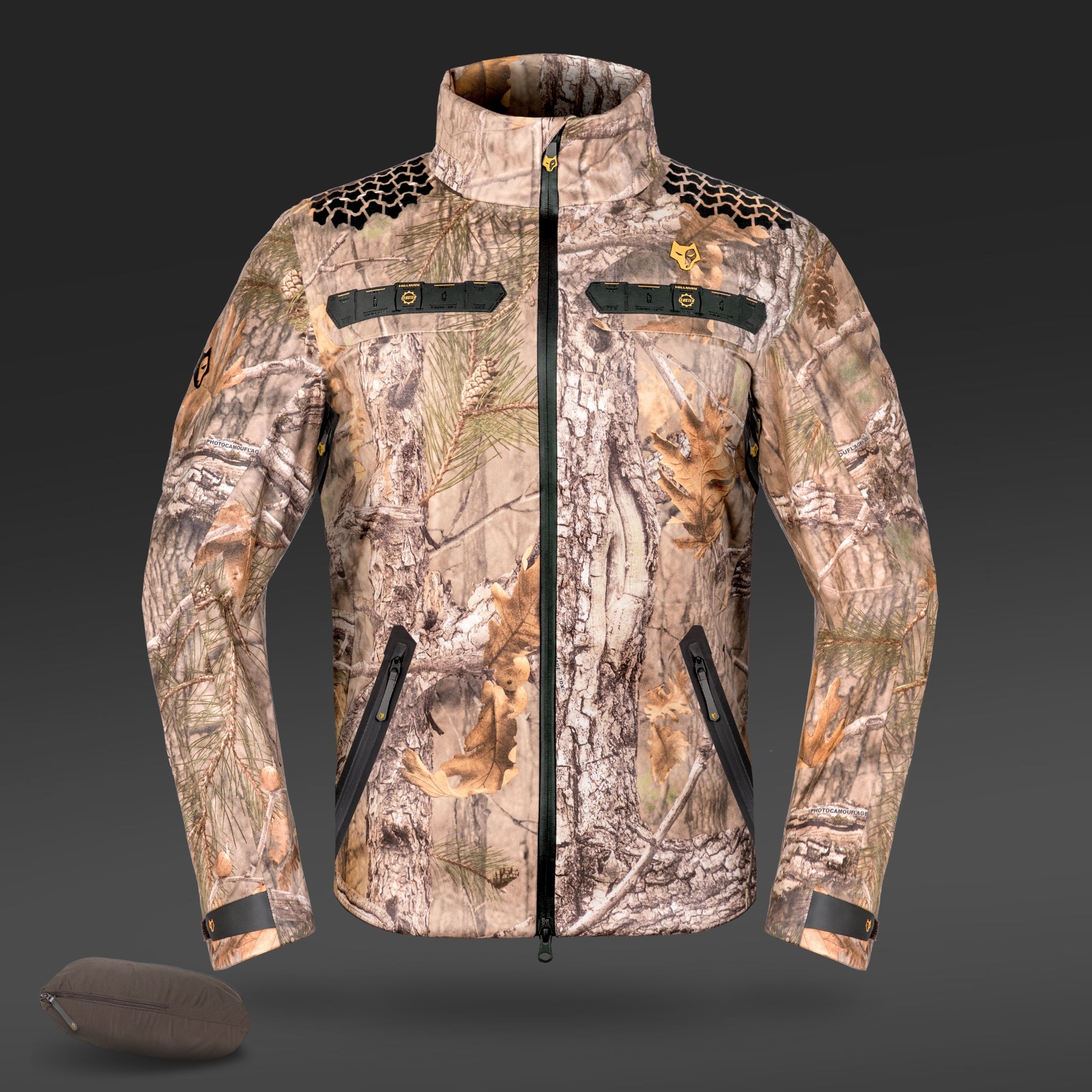
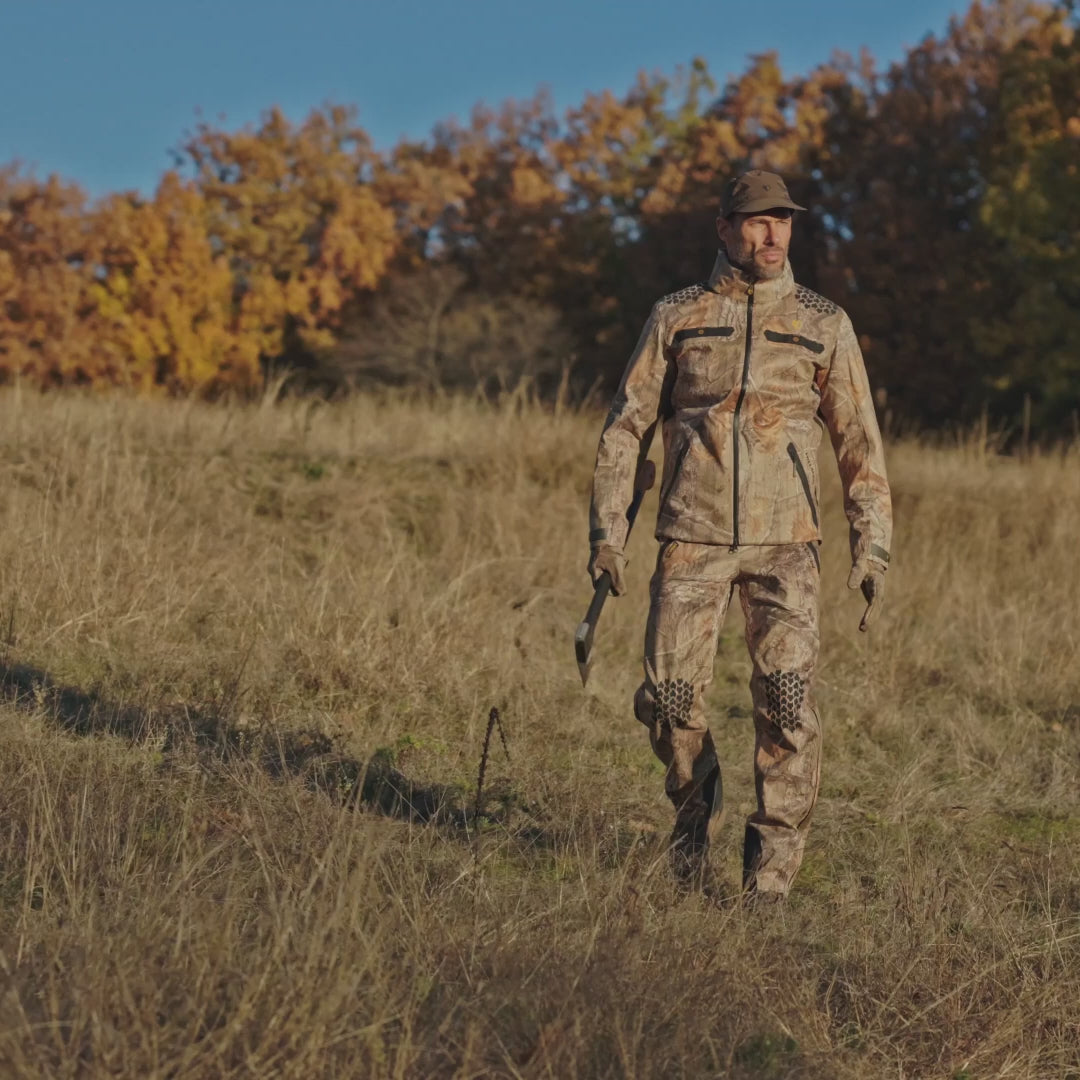
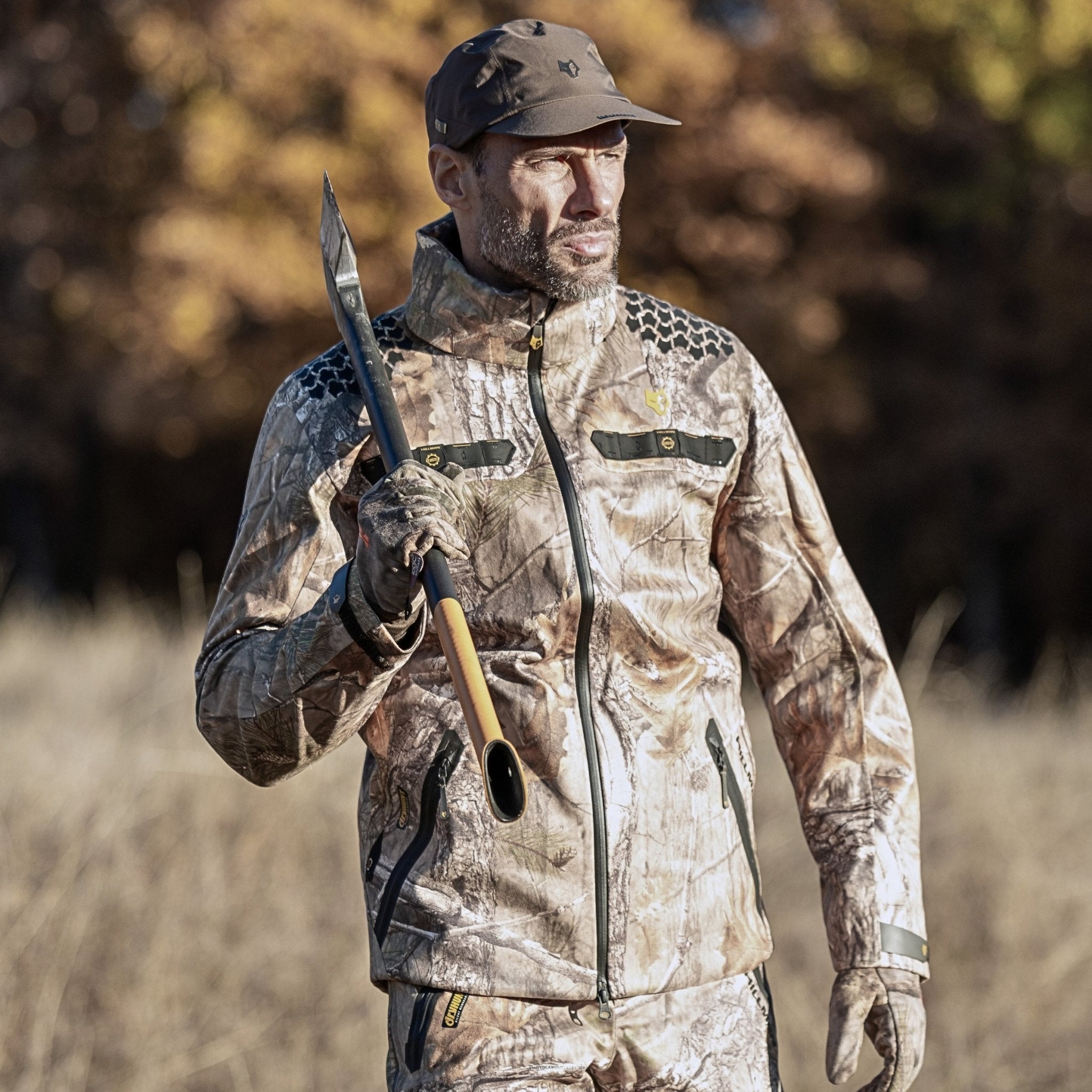
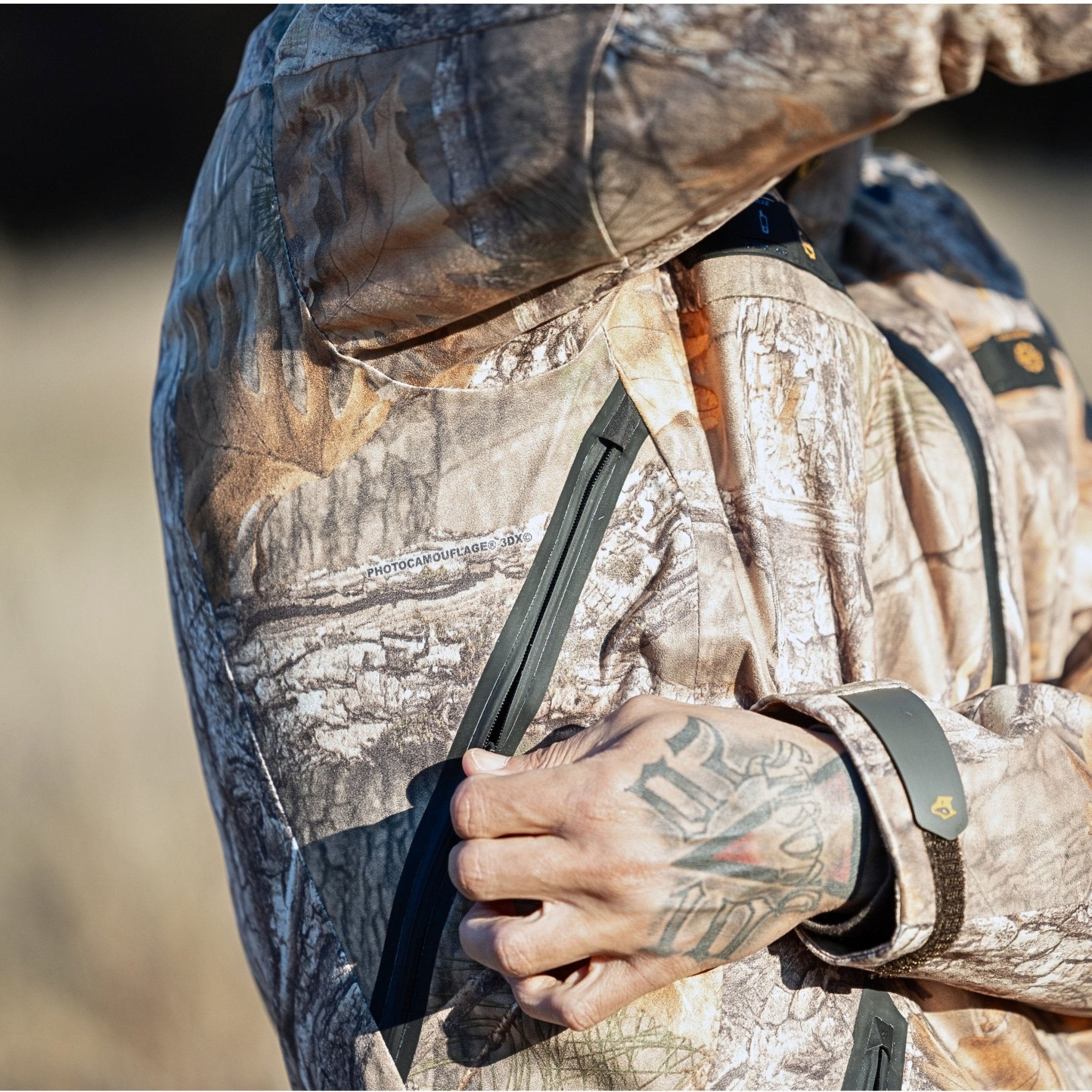

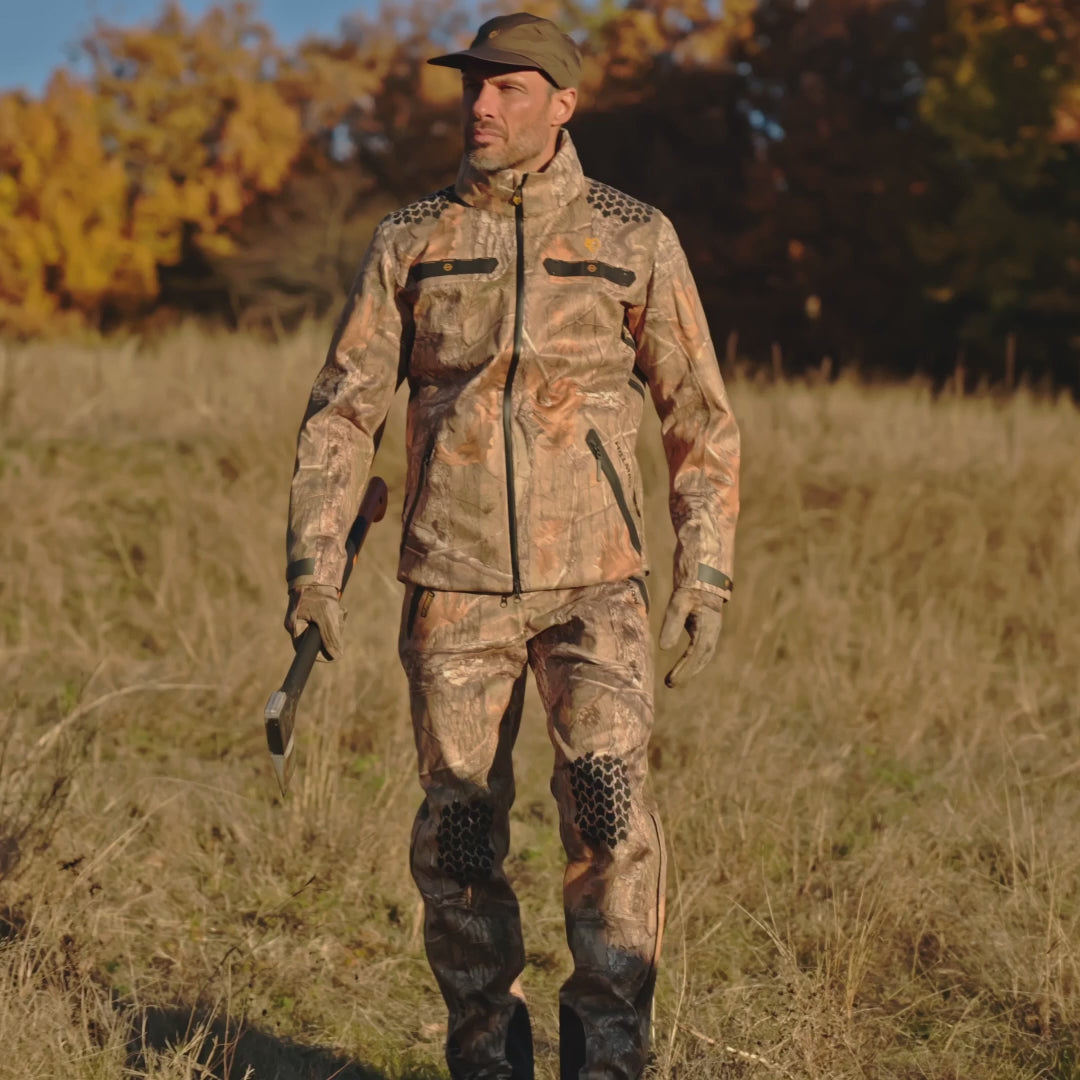
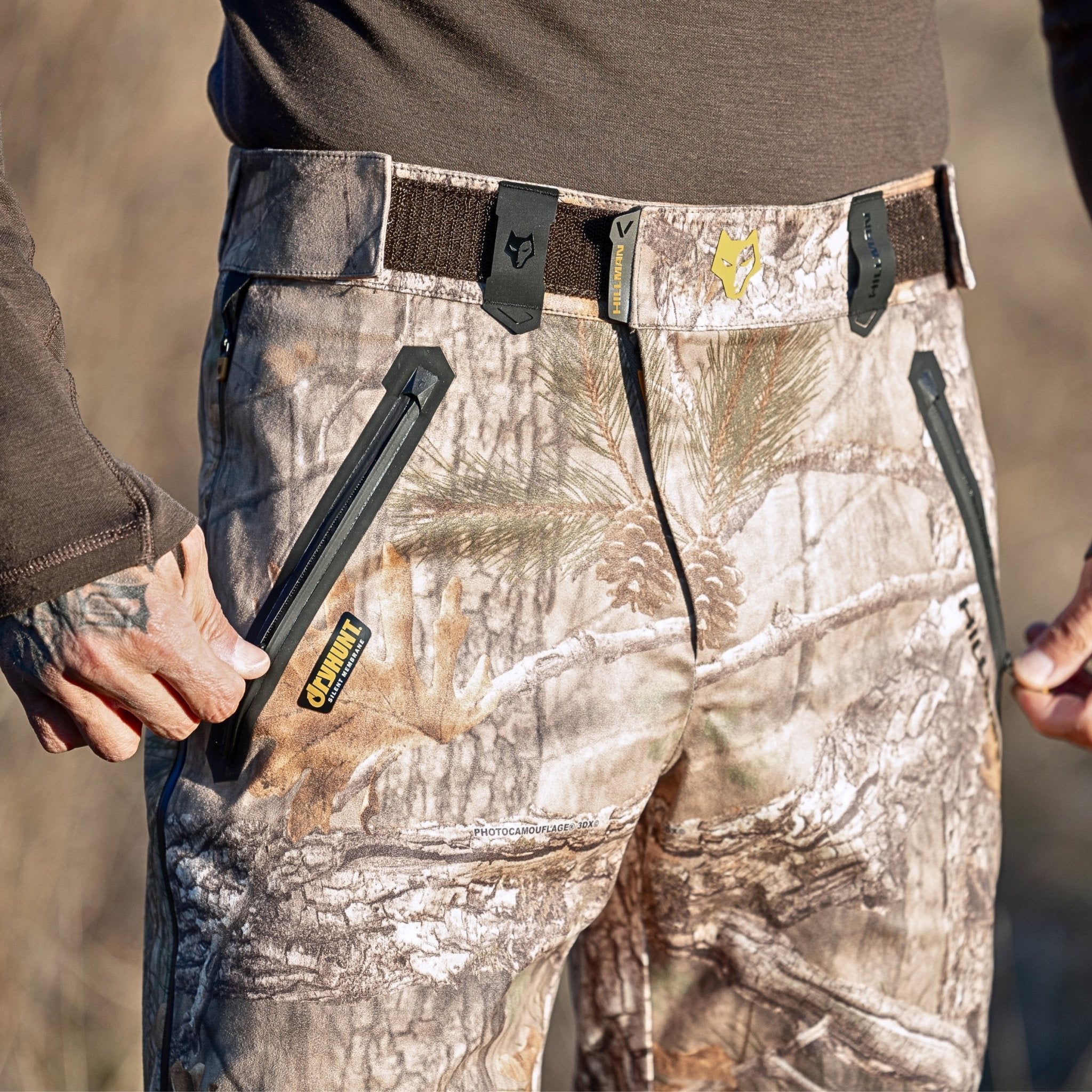

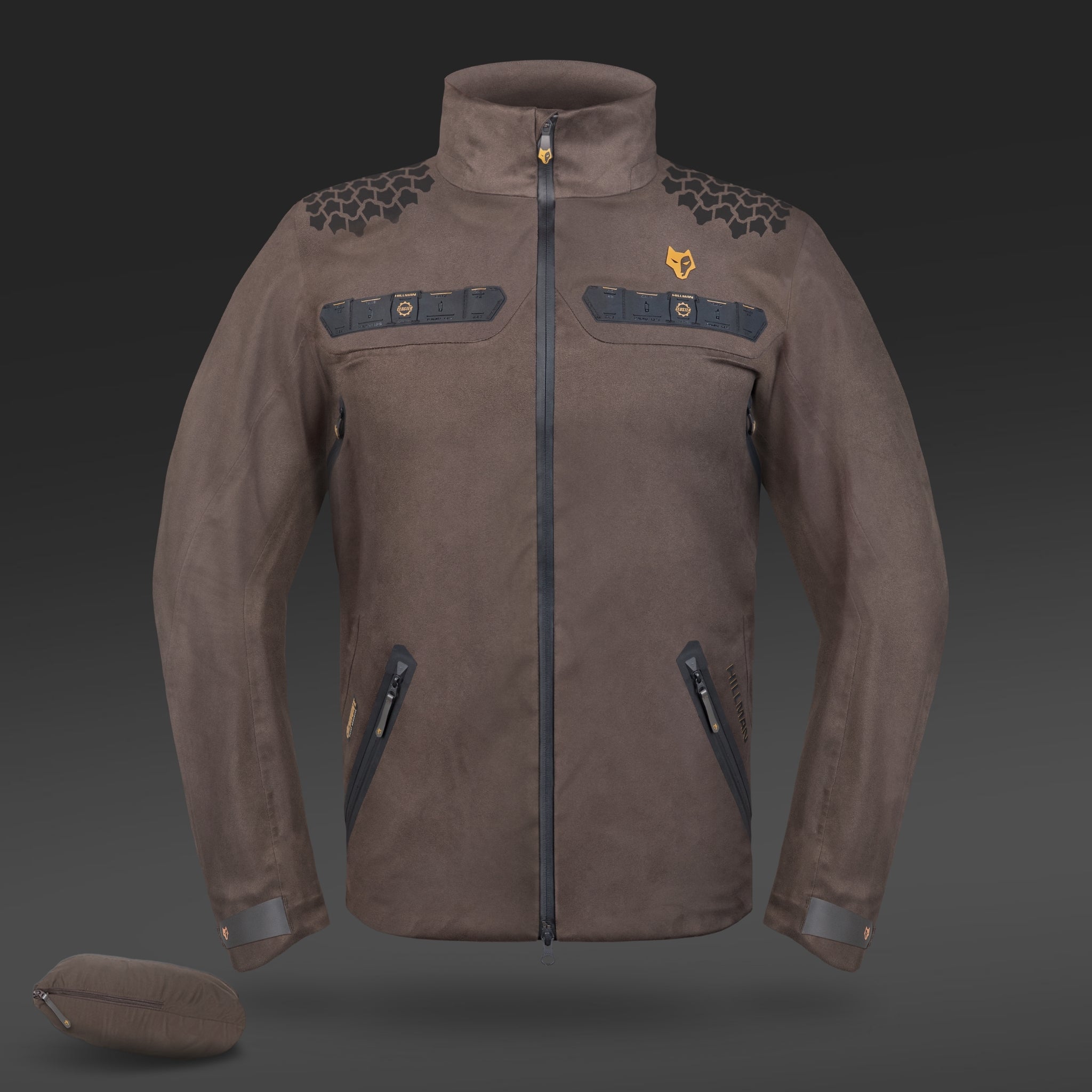

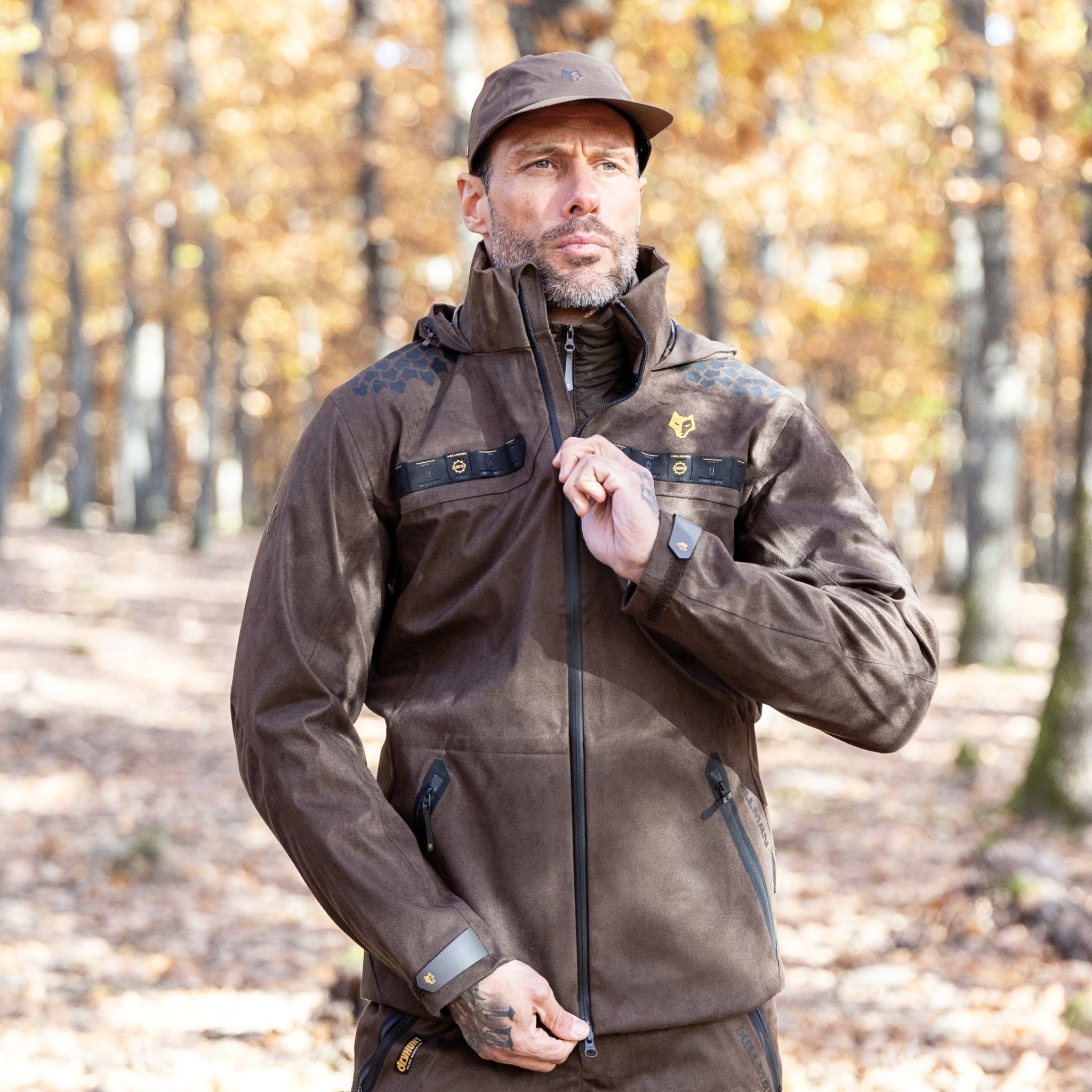
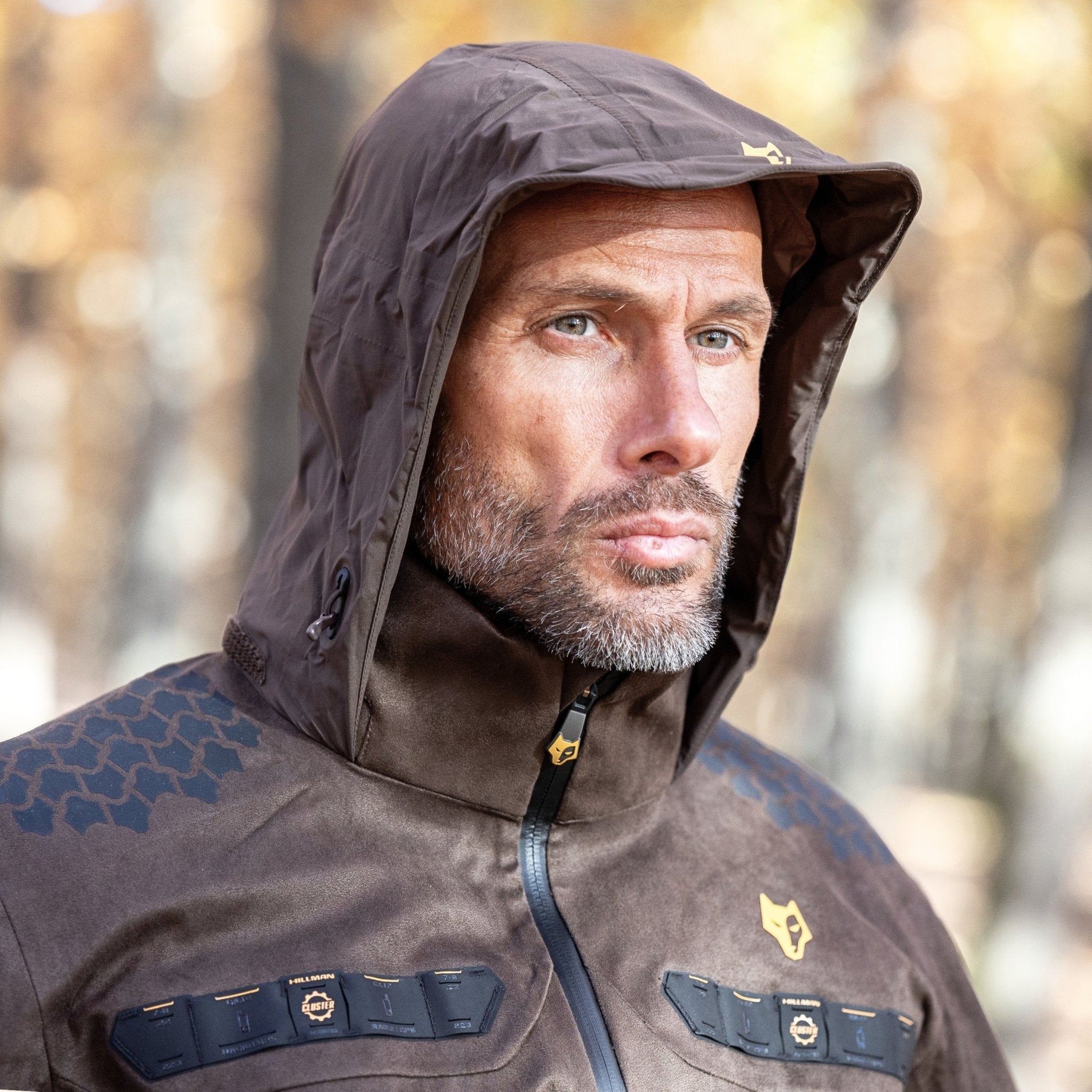
Share:
Best Heated Hunting Clothes for Cold Weather 2025
Soft Sole Hunting Boots. The Next Step in Silent Hunting 2025
Recent Posts